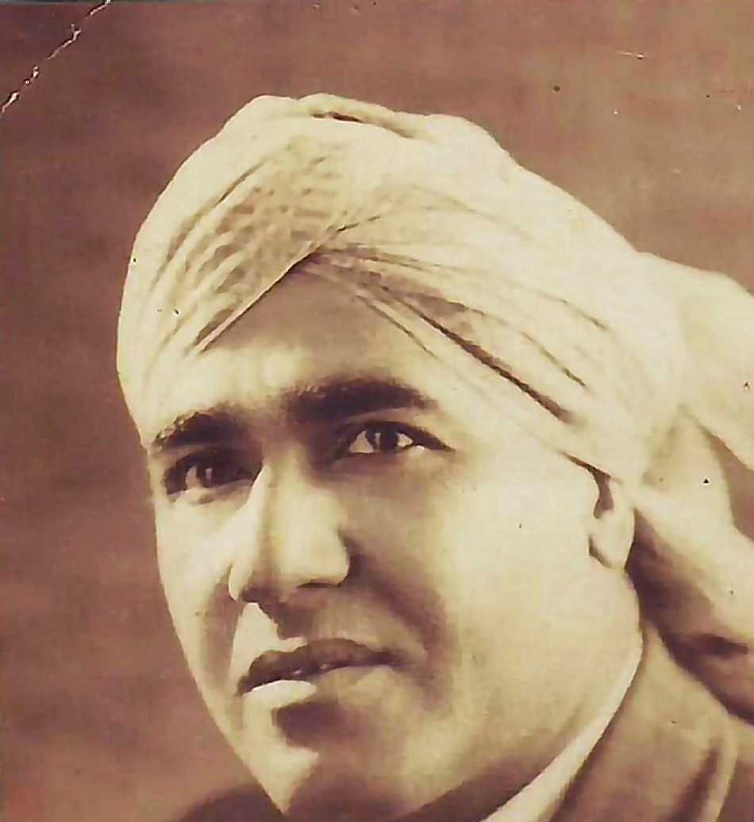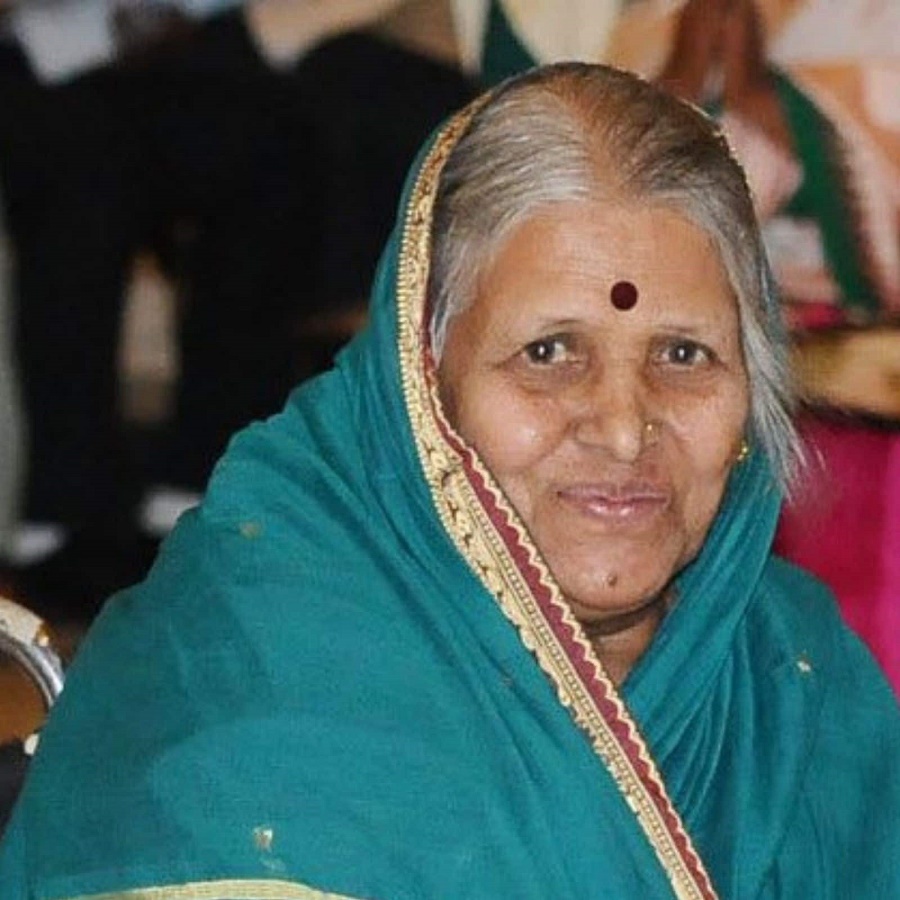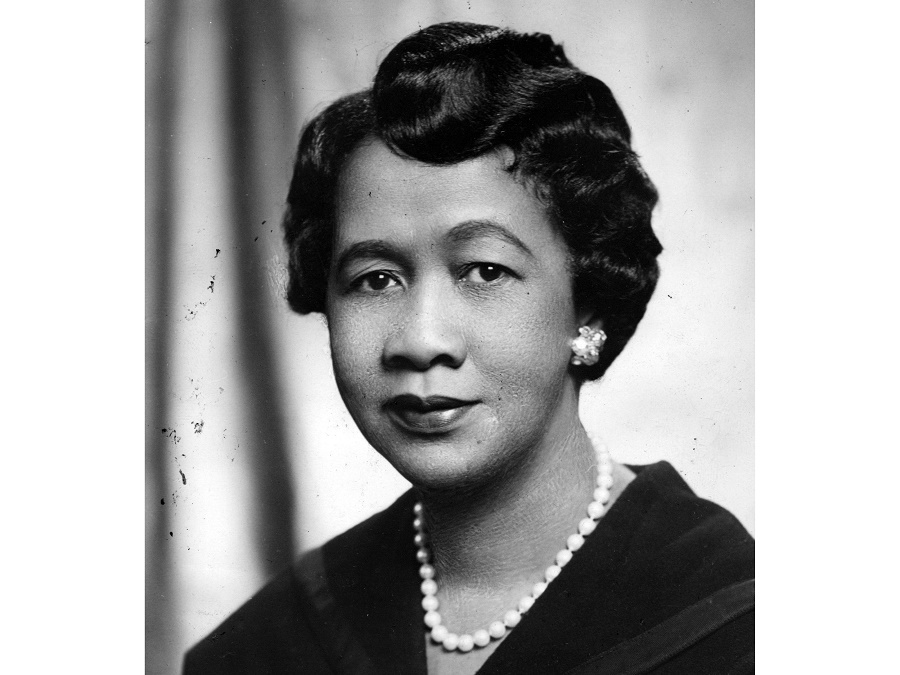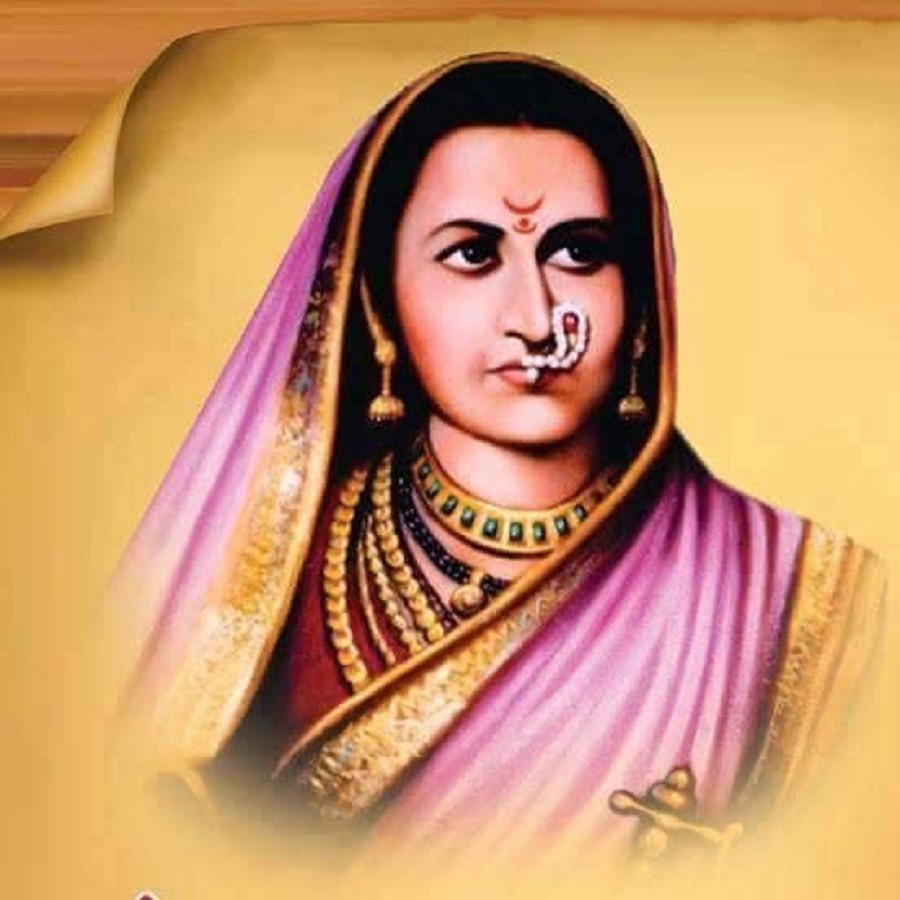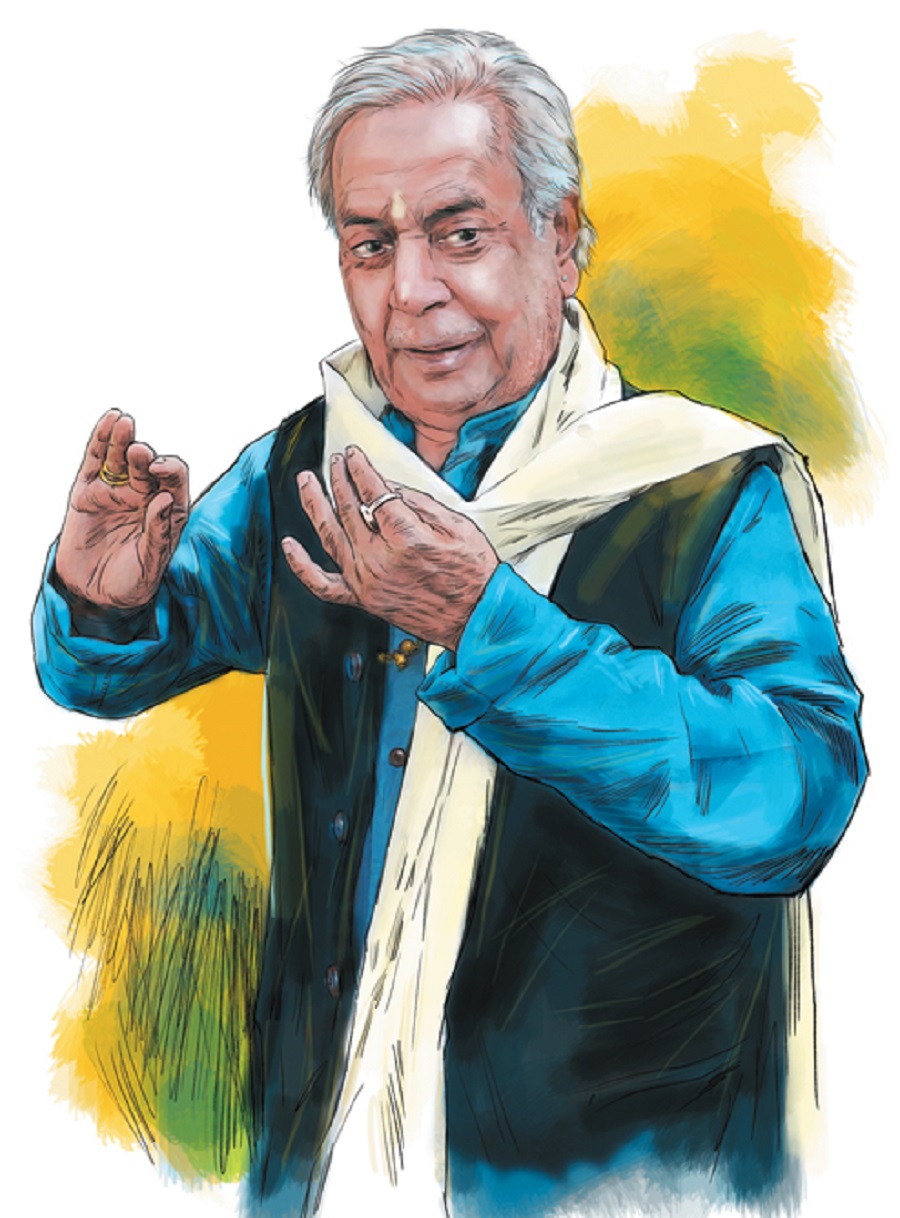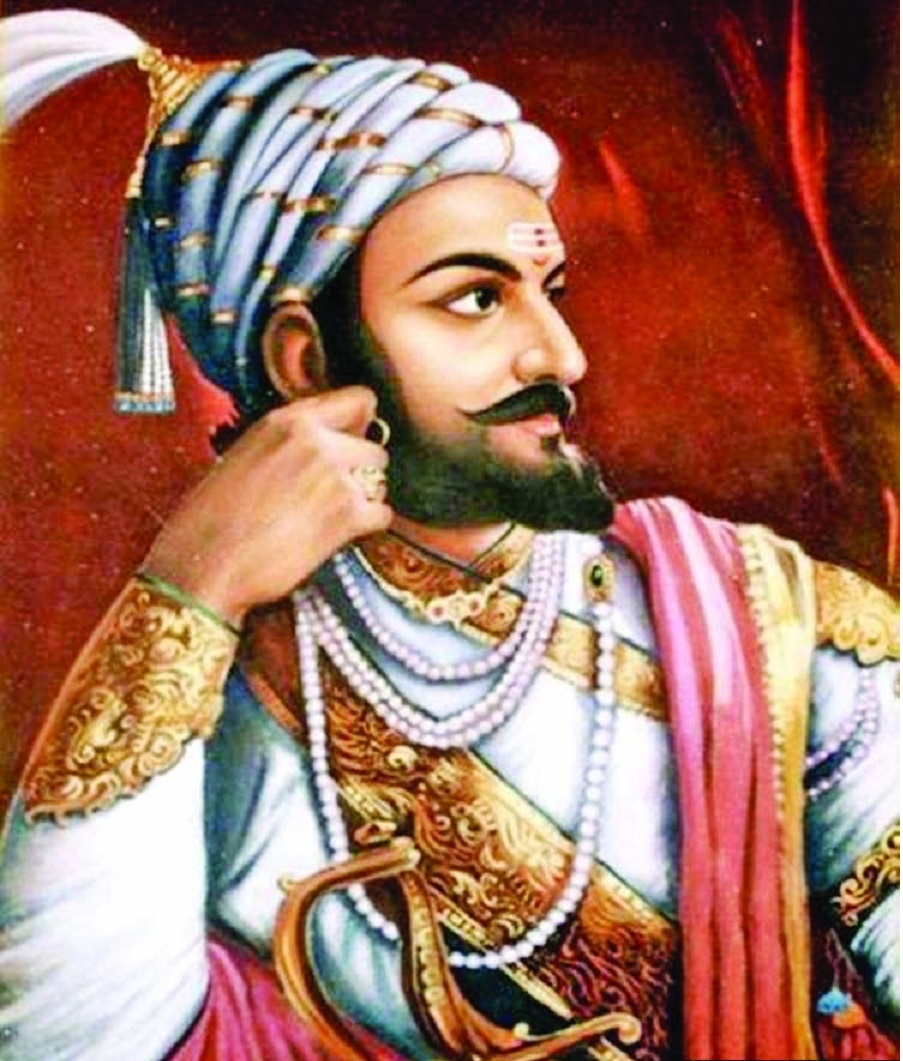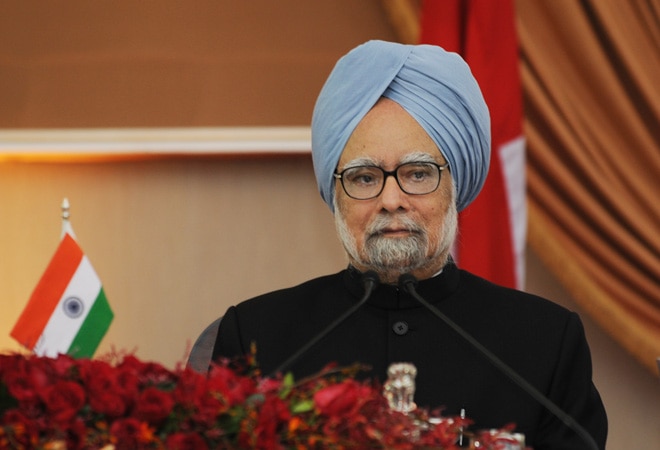Profile & Things
Mahatma Gandhi
Mohandas Karamchand Gandhi was an Indian lawyer, anti-colonial nationalist, and political ethicist, who employed nonviolent resistance to lead the successful campaign for India's independence from British rule, and in turn inspired movements for civil rights and freedom across the world. Mahatma Gandhi was a transformational leader meaning that he was a leader who leads by example and empower his followers to make them feel better. A leader can do many things in order to be a transformational leader. Mahatma Gandhi was an empowering leader no only because he empowered all Indians on a salt march to corrupt the British economic system. Since he was pioneer of Satyagraha, he also inspired all Indians to understand and learn resistance through non-violent civil disobedience. Gandhi was a visionary leader. Know More..
Winston Churchill
Sir Winston Leonard Spencer Churchill, KG, OM, CH, TD, DL, FRS, RA was a British statesman who was the Prime Minister of the United Kingdom from 1940 to 1945, during the Second World War, and again from 1951 to 1955. He was British prime minister from 1940-1945 and again between 1951 and 1955. Churchill is best remembered for successfully leading Britain through World War Two. He was famous for his inspiring speeches, and for his refusal to give in, even when things were going badly. Historians widely attribute Churchill with being “the greatest statesman of the 20th century.” Churchill was an effective leader and statesman because of his tremendous ability to inspire people; his unique strategic insight; his relentless passion; and his imperturbable personality.
Nelson mandela
Nelson Rolihlahla Mandela was a South African anti-apartheid revolutionary, political leader and philanthropist who served as President of South Africa from 1994 to 1999. He was the country's first black head of state and the first elected in a fully representative democratic election. "I Am Prepared to Die" is the name given to the three-hour speech given by Nelson Mandela on 20 April 1964 from the dock of the defendant at the Rivonia Trial. The speech is so titled because it ends with the words "it is an ideal for which I am prepared to die". Former South African president and civil rights advocate Nelson Mandela dedicated his life to fighting for equality—and ultimately helped topple South Africa's racist system of apartheid. His accomplishments are now celebrated each year on July 18, Nelson Mandela International Day. Mandela Day is a global call to action that celebrates the idea that each individual has the power to transform the world, the ability to make an impact. The Mandela Day campaign message is: "Nelson Mandela has fought for social justice for 67 years. We're asking you to start with 67 minutes." Know More..
Albert Einstein
Albert Einstein was a German-born theoretical physicist, widely acknowledged to be one of the greatest physicists of all time. Einstein is known for developing the theory of relativity, but he also made important contributions to the development of the theory of quantum mechanics. 5 Things You May Not Know About Albert Einstein • Einstein didn't fail math as a child. ... • No one knows what happened to his first daughter. ... • It took Einstein nine years to get a job in academia. ... • He offered his wife his Nobel Prize as part of their divorce settlement. ... • The FBI spied on him for decades. Smarter than Einstein? Albert Einstein likely never took an IQ test but is estimated to have a 160 IQ—but even that can't stand up to these masterminds. Albert Einstein was born at Ulm, in Württemberg, Germany, on March 14, 1879. Six weeks later the family moved to Munich, where he later on began his schooling at the Luitpold Gymnasium. Later, they moved to Italy and Albert continued his education at Aarau, Switzerland and in 1896 he entered the Swiss Federal Polytechnic School in Zurich to be trained as a teacher in physics and mathematics. In 1901, the year he gained his diploma, he acquired Swiss citizenship and, as he was unable to find a teaching post, he accepted a position as technical assistant in the Swiss Patent Office. In 1905 he obtained his doctor’s degree.
Abraham Lincoln
Abraham Lincoln was an American statesman and lawyer who served as the 16th president of the United States from 1861 until his assassination in 1865. Lincoln led the nation through the American Civil War, the country's greatest moral, cultural, constitutional, and political crisis. Abraham Lincoln is famous for the Gettysburg Address, abolishing slavery and being one of the four presidents who have been assassinated. Abraham's father remarried and, as the frontier expanded and became more populated, so the quality of life increased. Lincoln soon broke out on his own and moved to New Salem. • Lincoln is enshrined in the Wrestling Hall of Fame. ... • Lincoln created the Secret Service hours before his assassination. ... • Grave robbers attempted to steal Lincoln's corpse. ... • John Wilkes Booth's brother saved the life of Lincoln's son. ... • Lincoln is the only president to have obtained a patent. "We must be more cheerful in the future, Mary; between the war and the loss of our darling Willie we have been very miserable." Mr. Lincoln seemed so happy and cheerful that Mary's heart was filled with joy. "I have not seen you so happy since before Willie's death," she said to him.
St. Teresa of Calcutta
Mother Mary Teresa Bojaxhiu, honoured in the Catholic Church as Saint Teresa of Calcutta, was an Albanian-Indian Roman Catholic nun and missionary. She was born in Skopje, then part of the Kosovo Vilayet of the Ottoman Empire. Mother Teresa's second miracle was curing a man who had brain abscesses. In 2008, Brazilian Marcilio Haddad Andrino was close to death. An infection had left his brain with abscesses and accumulating fluid, and his worsening condition made him fall into a coma. His wife, Fernanda, prayed to Mother Teresa for help. When Mother Teresa is elevated to sainthood by Pope Francis in a ceremony Sunday, many men and women around the world will have vivid memories of the Nobel Prize-winning nun who spent most of her life serving the poor in India. Know More..
Stephen Hawking
Stephen William Hawking CH CBE FRS FRSA was an English theoretical physicist, cosmologist, and author who was director of research at the Centre for Theoretical Cosmology at the University of Cambridge at the time of his death. How much is Stephen Hawking Worth? Stephen Hawking net worth: Stephen Hawking was an English theoretical physicist, cosmologist, and author who had a net worth of $20 million at the time of his death. Hawking was born on 8 January 1942 and grew up in St Albans, the eldest of four siblings. His father was a research biologist and his mother a medical research secretary, so it was not surprising that he was interested in science. Know More..
Upendranath Brahmachari
Rai Bahadur Sir Upendranath Brahmachari was a renowned Indian scientist and a prominent medical practitioner of his era. He had a remarkable personality and his most outstanding research contribution was the discovery of Urea Stibamine, an organic antimonial compound, which played a vital role in the treatment of Kala-azar, a protozoal infection. After gaining a firm foundation in mathematics and chemistry, he decided to study medicine after which he joined the Provincial Medical Service. Later, he was appointed as a teacher at the Campbell Medical School, where he spent the most productive time of his life and performed his groundbreaking research regarding the treatment of Kala-azar. During the years of his service and even after retirement, he remained actively connected to various spheres in the University of Kolkata. He was associated with almost all the known scientific and literary organizations at Kolkata and took a keen interest in humanitarian and cultural activities. He also played a significant role in the formation of the world’s second Blood Bank at Kolkata. He was the founder of Brahmachari Research Institute which became successful in the fields of both research and manufacture of medicine. He was the first Indian to become the Chairman of the Managing Body of the Indian Red Cross Society of the Bengal Branch. Know More..
Sir Syed Ahmad Khan
Sir Syed Ahmad Khan was a Muslim philosopher, social activist and educator who founded of the Anglo-Mohammedan Oriental College at Aligarh, Uttar Pradesh, India. He was deeply devoted to the cause of education and believed that widespread education was the only way to enlighten the masses. A distinguished scholar, he was a progressive thinker who played a major role in promoting social, scientific, and economic development of Indian Muslims. Even though he religiously followed Islam, he was troubled by the rigidity of the orthodox outlook of the Muslims. His life-long interest in religion manifested itself in the form of several volumes of a modernist commentary on the Quran. In addition he also began a sympathetic interpretation of the Bible. But above everything else, it was his dedication towards the cause of education that defined him as a person. He believed in promoting Western–style scientific education and was instrumental in setting up several schools for implementing this purpose. He was a British loyalist and formed the Muslim League to promote pro-British attitudes and activities, thus raising suspicion in the minds of Indian politicians. Nonetheless, he commanded great respect from both Hindus and Muslims for his progressive views and dedication towards the cause of education. Know More..
BILL Gates
William Henry Gates III is an American business magnate, software developer, investor, author, and philanthropist. He is a co-founder of Microsoft Corporation. Bill Gates is continuously standing number 1 as world billionaire in the world by Forbes magazine. His IQ Test score is 160 IQ, Bill Gates is a billionaire who always contribute to the world and do charity frequently. Bill Gates is no longer the world's second-richest person. That title goes to Elon Musk, who unseated Gates as the world's second wealthiest in November. But Gates is still pretty wealthy, with an estimated net worth of $129 billion. He's one of three people in the world with a net worth exceeding $100 billion.
Mohammed Rafi
One of the golden voices of Hindi filmdom, Mohammed Rafi was definitely one of the greatest contemporary singers to have taken birth in India. He was blessed with such versatility that he could sing romantic numbers, sad songs, funny songs and ghazals, all with the same heartwarming soulfulness. Voted as “Indian Cinema’s Greatest Voice”, it is no surprise that even today he remains one of India’s most listened to singers—decades after his untimely death! Over a long and productive singing career that spanned over three decades, the singer recorded thousands of songs, several of which still remain etched in the memories of Indian film lovers. He had a strong command over the Hindi language and had the ability to modulate his voice and tone to suit the personalities of the actors he was singing for. Over his career, he sang for many of Bollywood’s superstars like Dev Anand, Shammi Kapoor, Dilip Kumar, and Sunil Dutt. Along with his solos, he was also very famous for singing duets with the leading female singers of his time like Lata Mangeshkar and Asha Bhosle. Though most of his songs were in Hindi, his repertoire also includes songs in Indian regional languages like Punjabi, Bengali, Marathi, and Telugu. Know More..
Raja Ram Mohan Roy
Fondly called the “Maker of Modern India”, social and educational reformer Raja Ram Mohan Roy was a visionary who lived during one of India’s darkest social phases but strived his best to make his motherland a better place for the future generations to come. Born into a Bengali family in British India, he joined hands with other prominent Bengalis like Dwarkanath Tagore to form the socio-religious organization Brahmo Samaj, the renaissance movement of the Hindu religion which set the pace for Bengali enlightenment. Given the fact that Ram Mohan Roy was born into a family which displayed religious diversity which was unusual in Bengal at the time, it comes as no surprise that the young Ram Mohan Roy was disturbed by the problems stemming in the society due to religious and social malpractices. He was especially concerned about the practice of “sati” which required a widow to immolate herself at the pyre of her husband. Along with other reformers and visionaries he fought against the evil practices prevalent in the Indian society at that time and helped to eradicate several of them. He also left a deep impact in the fields of politics and education. Know More..
Oprah winfrey
Oprah Gail Winfrey is an American talk show host, television producer, actress, author, and philanthropist. She is best known for her talk show, The Oprah Winfrey Show, broadcast from Chicago, which was the highest-rated television program of its kind in history and ran in national syndication for 25 years, from 1986 to 2011. She also partnered with Discovery Communications to start her own cable channel, The Oprah Winfrey Network (OWN) which is thought to be worth more than $65million (£46million), according to Forbes. Winfrey sees herself as both both a Christian and a critic of Christianity, says Lofton. She was raised in the Baptist church, describes herself as a consistent reader of the Bible, and through her television show, basically built the church that she wanted. Know More..
Neerja Bhanot
Neerja Bhanot was a senior flight purser for Pan Am who was killed while saving passengers from heavily armed terrorists on board the hijacked Pan Am Flight 73 at Karachi airport on 5 September 1986. The flight, carrying among members of other nationalities, Indians, Germans, Americans, and Pakistanis, was supposed to depart for Frankfurt and onward to New York City. But shortly before take-off, the flight was hijacked while it was parked on the tarmac at Jinnah International Airport in Karachi. When the armed terrorists barged into the plane, the young woman displayed great presence of mind in alerting the cockpit crew who managed to escape. As the senior-most crew member remaining on board, Neerja took it upon herself to protect the lives of the passengers to the best of her abilities. The daughter of a journalist, Neerja had just escaped from an abusive marriage and was struggling to establish herself in a career. Becoming the senior flight purser for Pan Am at the young age of 22 was a big achievement for her and she took her responsibilities very seriously. She could have escaped along with the other staff but she chose to remain on board helping the passengers escape. The brave woman was killed while shielding three children from the terrorists. She was posthumously awarded India's highest peacetime military award for bravery, the Ashok Chakra. Know More..
Dr. Babasaheb Ambedkar
Bhimrao Ramji Ambedkar, also known as Babasaheb Ambedkar, was an Indian jurist, economist, politician and social reformer, who inspired the Dalit Buddhist movement and campaigned against social discrimination towards the untouchables. Ambedkar Jayanti 2021: Bharat Ratna Dr Bhimrao Ambedkar is popularly known as Babasaheb, Dr Bhimrao Ambedkar. He was a world-class lawyer, social reformer and number one world-class scholar as per the Ministry of Social Justice, Government of India. Babasaheb (Devanagari: बाबासाहेब, IAST: Bābāsāhēb) is an honorary title and given name. "Babasaheb" is a Marathi phrase which means "Respected Father" (Baba = father and Saheb = sir). This epithet is commonly applied to B. R. Ambedkar.
A.P. J. Abdul Kalam
Avul Pakir Jainulabdeen Abdul Kalam was an Indian aerospace scientist who served as the 11th President of India from 2002 to 2007. He was born and raised in Rameswaram, Tamil Nadu and studied physics and aerospace engineering. He thus came to be known as the Missile Man of India for his work on the development of ballistic missile and launch vehicle technology. He also played a pivotal organisational, technical, and political role in India's Pokhran-II nuclear tests in 1998, the first since the original nuclear test by India in 1974. Success followed Dr Kalam. Prithvi, Agni, Akash, Trishul and Nag missiles were huge successes. He was awarded the Padma Bhushan and Bharat Ratna, and then he became the President of India; one of the few presidents who have touched the hearts of so many poor children in the country. Know More..
Vallabhbhai Patel
Sardar Vallabhbhai Jhaverbhai Patel, popularly known as Sardar Patel, was an Indian statesman. He served as the first Deputy Prime Minister of India. Patel persuaded almost every princely state to accede to India. His commitment to national integration in the newly independent country was total and uncompromising, earning him the sobriquet "Iron Man of India". Funding. The Statue of Unity was built by a Public Private Partnership model, with most of the money raised by the Government of Gujarat. The Gujarat state government had allotted ₹500 crore (equivalent to ₹607 crore or US$85 million in 2019) for the project in its budget from 2012 to 2015. Know More..
J. R. D. Tata
Jehangir Ratanji Dadabhoy Tata (29 July 1904 – 29 November 1993) was an Indian aviator, industrialist, entrepreneur and chairman of Tata Group. Born into the Tata family of India, he was the son of noted businessman Ratanji Dadabhoy Tata and his wife Suzanne Brière. His mother was the first woman in India to drive a car and, in 1929, he became the first licensed pilot in India. He is also best known for being the founder of several industries under the Tata Group, including Tata Consultancy Services, Tata Motors, Titan Industries, Tata Salt, Voltas and Air India. In 1983, he was awarded the French Legion of Honour and in 1955 and 1992, he received two of India's highest civilian awards the Padma Vibhushan and the Bharat Ratna. These honours were bestowed on him for his contributions to Indian industry. Know More..
Jawaharlal Nehru
Jawaharlal Nehru was an Indian independence activist and, subsequently, the first Prime ... He was subsequently initiated into the Theosophical Society at age thirteen by family friend Annie Besant. Jawaharlal Nehru 14 November 1889 – 27 May 1964) was an Indian independence activist and, subsequently, the first Prime Minister of India, as well as a central figure in Indian politics both before and after independence. He emerged as an eminent leader of the Indian independence movement, serving India as Prime Minister from its establishment in 1947 as an independent nation, until his death in 1964. He was also known as Pandit Nehru due to his roots with the Kashmiri Pandit community, while Indian children knew him better as Chacha Nehru (Hindi: Uncle Nehru). Under Nehru's leadership, the Congress emerged as a catch-all party, dominating national and state-level politics and winning consecutive elections in 1951, 1957, and 1962. He remained popular with the people of India in spite of political troubles in his final years and failure of leadership during the 1962 Sino-Indian War. In India, his birthday is celebrated as Children's Day. Know More..
Indira Gandhi
Indira Priyadarshini Gandhi was an Indian politician and a central figure of the Indian National Congress. She was the first and, to date, only female Prime Minister of India. Indira Gandhi was the daughter of Jawaharlal Nehru, the first prime minister of India. The final decision to impose an emergency was proposed by Indira Gandhi, agreed upon by the president of India, and thereafter ratified by the cabinet and the parliament (from July to August 1975), based on the rationale that there were imminent internal and external threats to the Indian state. Two prime ministers, namely Indira Gandhi and Rajiv Gandhi have been assassinated. The former was assassinated while in office, while the latter was assassinated after his tenure. Know More..
Atal Bihari Vajpayee
Atal Bihari Vajpayee was an Indian statesman who served three terms as the Prime Minister of India, first for a term of 13 days in 1996, then for a period of 13 months from 1998 to 1999, followed by a full term from 1999 to 2004. Vajpayee was one of the co-founders and a senior leader of the Bharatiya Janata Party. Atal Bihari Vajpayee was a leader of the pro-Hindu Bharatiya Janata Party (BJP) and twice served as prime minister of India (1996 and 1998–2004). Under his leadership India achieved steady economic growth, and the country became a world leader in information technology. Although Atal Bihari Vajpayee had earlier been praised for his conciliatory gestures toward India's Muslim minority, in 2002 his government was criticized for its slowness in reacting to riots in Gujarat in which some 1,000 people (primarily Muslims) died. In 2003 Vajpayee made an effort to resolve India's feud with Pakistan over the Kashmir region. Atal Bihari Vajpayee was awarded the Bharat Ratna, India's highest civilian honour, in December 2014. Know More..
Swami Vivekananda
Swami Vivekananda, born Narendranath Datta, was an Indian Hindu monk. He was a chief disciple of the 19th-century Indian mystic Ramakrishna On 4 July 1902 (the day of his death), Vivekananda awoke early, went to the monastery at Belur Math and meditated for three hours. ... According to his disciples, Vivekananda attained mahasamādhi; the rupture of a blood vessel in his brain was reported as a possible cause of death. Always stressing the universal and humanistic side of the Vedas, the oldest sacred texts of Hinduism, as well as belief in service rather than dogma, Vivekananda attempted to infuse vigour into Hindu thought, placing less emphasis on the prevailing pacifism and presenting Hindu spirituality to the West. He was an activating force in the movement to promote Vedanta philosophy (one of the six schools of Indian philosophy) in the United States and England. In 1893 he appeared in Chicago as a spokesman for Hinduism at the World’s Parliament of Religions and so captivated the assembly that a newspaper account described him as “an orator by divine right and undoubtedly the greatest figure at the Parliament.” Thereafter he lectured throughout the United States and England, making converts to the Vedanta movement. Know More..
Balasaheb Thackeray
Bal Keshav Thackeray was an Indian politician who founded the Shiv Sena, a right-wing pro-Marathi and Hindu nationalist party active mainly in the state of Maharashtra. In 1960 Bal Thackeray, a Bombay-based cartoonist, began publishing the satirical cartoon weekly Marmik. ... On 19 June 1966, Thackeray founded the Shiv Sena as a political organisation. The Shiv Sena attracted many unemployed Marathi youth, who were attracted by Thackeray's charged anti-migrant oratory. Uddhav Bal Thackeray (born 27 July 1960) is an Indian politician serving as the 19th and current Chief Minister of Maharashtra. He is the president of Shiv Sena. Shiv Sena:: Founded on 19 June by Hinduhrudaysamrat Shri Balasaheb Thackrey, a nationalist political party in India . Know More..
Vinayak Damodar Savarkar
Vinayak Damodar Savarkar, commonly known as Swatantryaveer Savarkar or simply Veer Savarkar in Marathi language, was a freedom fighter and an Indian independence activist and politician who formulated the Hindu nationalist philosophy of Hindutva. He was a leading personality in the Hindu Mahasabha. Themes. Savarkar used the term "Hindutva" (Sanskrit -tva, neuter abstract suffix) to describe "Hinduness" or the "quality of being a Hindu". ... Hindus, according to Savarkar, are those who consider India to be the land in which their ancestors lived, as well as the land in which their religion originated. Born on May 28, 1883, in Bhagur village near Nasik, Maharashtra, Savarkar remains a revered figure for his Hindutva philosophy. Veer Savarkar's release from the Cellular Jail in Andaman saw Mahatma Gandhi's personal involvement. On his birth anniversary, PM Modi, V-P Venkaiah Naidu led the tributes. Know More..
Arun Jaitley
Arun Jaitley was an Indian politician and attorney. A member of the Bharatiya Janata Party, Jaitley served as the Minister of Finance and Corporate Affairs of the Government of India from 2014 to 2019. Arun Jaitley (28 December 1952 – 24 August 2019) was an Indian politician and attorney. A member of the Bharatiya Janata Party, Jaitley served as the Minister of Finance and Corporate Affairs of the Government of India from 2014 to 2019. Jaitley previously held the cabinet portfolios of Finance, Defence, Corporate Affairs, Commerce and Industry, and Law and Justice in the Vajpayee government and Narendra Modi government. In 1977, being the convener of the Loktantrik Yuva Morcha at a time when the Congress suffered defeat, Jaitley was appointed the president of the Delhi ABVP and All India Secretary of the ABVP. He was then made the president of the youth wing of the BJP and the secretary of the Delhi Unit in 1980, a short time after joining the party. Know More..
Guru Gobind Singh
Guru Gobind Singh, born Gobind Rai, was the tenth Sikh Guru, a spiritual master, warrior, poet and philosopher. When his father, Guru Tegh Bahadur, was executed by Aurangzeb, Guru Gobind Singh was formally installed as the leader of the Sikhs at the age of nine, becoming the tenth and final human Sikh Guru. Guru Gobind Singh had three wives: ... 1696) and Fateh Singh (b. 1699). at age 17, he married Mata Sundari on 4 April 1684 at Anandpur. According to Persian records, Guru Arjan ate meat and hunted, and his practice was adopted by most Sikhs. The Sikhs did not eat beef and pork but ate boar and buffalo. The two elaborate functions, one at the time of engagement and the other at the time of the marriage of the Guru, gave the outside observers the impression of two marriages. They had reason to assume this because a second name was also there, i.e., Mata Sundari Ji. Know More..
Baji Rao
Baji Rao I, born as Visaji, also known as Bajirao Ballal, was the 7th Peshwa of the Maratha empire. In his 20-year military career, he never lost a battle and is widely considered as one of the best Indian cavalry generals. However, in spite of all this, I am proud to be a Peshwa. Our forefathers ruled large parts of the country and it feels special to be part of a clan with so much history. Today, I live in a modest apartment in the Karvenagar area of Pune with my wife and teenaged, college-going daughter. No luxury and riches for us. Baji Rao, the great Peshwa, was without doubt the most outstanding statesman and general India produced in [the] 18th century. If Shivaji was the founder of Maratha State, Baji Rao could claim that he was the one who saved it from disruption and transformed what was national state in[to] an Empire. Know More..
Chandra Shekhar Azad
Chandra Shekhar Azad, popularly known as by his self-taken name Azad, was an Indian revolutionary who reorganised the Hindustan Republican Association under its new name of Hindustan Socialist Republican. After single-handedly fighting the police for a while with just a pistol and a few cartridges, Azad shot himself in the head, fulfilling his vow of dying as a free man and not as a British captive. Chandrashekhar Azad Ravan, (born 3 December 1986) is an Indian Ambedkarite lawyer turned activist. He is the co-founder and national president of Bhim Army. In February 2021, the TIME magazine featured him in its Annual list of "100 emerging leaders who are shaping the future". Know More..
Bal Gangadhar Tilak
Bal Gangadhar Tilak, born as Keshav Gangadhar Tilak, was an Indian nationalist, teacher, and an independence activist. He was one third of the Lal Bal Pal triumvirate. Tilak was the first leader of the Indian Independence Movement. The British colonial authorities called him "The father of the Indian unrest." Bal Gangadhar Tilak, byname Lokamanya, (born July 23, 1856, Ratnagiri [now in Maharashtra state], India—died August 1, 1920, Bombay [now Mumbai]), scholar, mathematician, philosopher, and ardent nationalist who helped lay the foundation for India's independence by building his own defiance of British rule into a. India bows to Lokmanya Tilak on his 100th Punya Tithi. His intellect, courage, sense of justice and idea of Swaraj continue to inspire. Bal Gangadhar Tilak was a scholar, a writer, mathematician and a philosopher. He was given the title, 'Lokmanya', which means 'beloved leader' by his followers. Know More..
Shane Warne
Shane Keith Warne is an Australian cricket commentator and former international cricketer who captained the Australian national team in One Day Internationals. Shane and Simone were married from 1995 to 2005. She's now a yoga instructor, a practice which she says is how she keeps her body healthy. Front shoulder, hips towards the batsman, knee lifted, high front arm. This gives the perfect side on position, also called coilling. 3) release-using his front arm for direction, imparts enormous side spin on the ball with wrist corked. His arm speed was as quick as that of say, Gillespie.
Vladimir Ilyich Ulyanov
Vladimir Ilyich Ulyanov, better known by his alias Lenin, was a Russian revolutionary, politician, and political theorist. He served as the first and founding head of government of Soviet Russia from 1917 to 1924 and of the Soviet Union from 1922 to 1924. Lenin (help•info) (22 April 1870 – 21 January 1924) was a Russian lawyer, revolutionary, the leader of the Bolshevik party and of the October Revolution. He was the first leader of the USSR and the government that took over Russia in 1917. Lenin's ideas became known as Leninism. As noted historian Richard Pipes says, Lenin was "exceedingly modest in his personal wants", and had "an austere, almost ascetic, style of life". This is relevant, because it gives us an idea of his mindset and integrity. Yes, he could be a strong, ruthless leader when it came to it.
Thomas Jefferson
Thomas Jefferson was an American statesman, diplomat, lawyer, architect, philosopher, and Founding Father who served as the third president of the United States from 1801 to 1809. He had previously served as the second vice president of the United States under John Adams between 1797 and 1801. Thomas Jefferson, a spokesman for democracy, was an American Founding Father, the principal author of the Declaration of Independence (1776), and the third President of the United States (1801–1809). As the “silent member” of the Congress, Jefferson, at 33, drafted the Declaration of Independence. Surprising Facts About Thomas Jefferson 1. He was a (proto) archaeologist. Mastodon Mandible. 2. He was an architect. Detail of Jefferson's Floor Plan for Monticello. 3. He was a wine aficionado. Monticello's Wine Cellar. 4. He was a founding foodie. 5. He was obsessed with books.
Michael phelps
Michael Fred Phelps is an American former competitive swimmer. He is the most successful and most decorated Olympian of all time with a total of 28 medals. Phelps also holds the all-time records for Olympic gold medals Olympic gold medals in individual events and Olympic medals in individual events When Phelps won eight gold medals at the 2008 Beijing Games, he broke fellow American swimmer Mark Spitz's 1972 record of seven first-place finishes at any single Olympic Games. At the 2004 Summer Olympics in Athens, Phelps already tied the record of eight medals of any color at a single Games by winning six gold and two bronze medals. At the 2012 Summer Olympics in London, Phelps won four gold and two silver medals, and at the 2016 Summer Olympics in Rio de Janeiro, he won five gold medals and one silver. This made him the most successful athlete of the Games for the fourth Olympics in a row. Phelps is the long course world record holder in the men's 400-meter individual medley as well as the former long course world record holder in the 200-meter freestyle, 100-meter butterfly, 200-meter butterfly, and 200-meter individual medley. He has won 82 medals in major international long course competitions, of which 65 were gold, 14 silver, and three bronze, spanning the Olympics, the World Championships, and the Pan Pacific Championships. Phelps's international titles and record-breaking performances have earned him the World Swimmer of the Year Award eight times and American Swimmer of the Year Award eleven times, as well as the FINA Swimmer of the Year Award in 2012 and 2016. Phelps earned Sports Illustrated magazine's Sportsman of the Year award due to his unprecedented Olympic success in the 2008 Games. After the 2008 Summer Olympics, Phelps started the Michael Phelps Foundation, which focuses on growing the sport of swimming and promoting healthier lifestyles. Phelps retired following the 2012 Olympics, but he made a comeback in April 2014.[13] At the 2016 Summer O
Bernard Arnault
Bernard Jean Étienne Arnault is a French billionaire businessman and art collector. He is the chairman and chief executive of LVMH Moët Hennessy – Louis Vuitton SE, the world's largest luxury-goods company. In April 2018, he became the richest person in fashion, topping Zara's Amancio Ortega. LVMH is the world's largest luxury goods conglomerate and is best known for owning brands such as Louis Vuitton and Givenchy. The conglomerate is also acquiring jeweler Tiffany & Co. for $15.8 billion, marking the luxury sector's most expensive deal in history. The deal is set to close early next year. He is the chairman and chief executive of LVMH Moët Hennessy – Louis Vuitton SE, the world's largest luxury-goods company.
Magnus Carlsen
Sven Magnus Øen Carlsen is a Norwegian chess grandmaster who is the current World Chess Champion, World Rapid Chess Champion, and World Blitz Chess Champion. Carlsen first reached the top of the FIDE world rankings in 2010, and trails only Garry Kasparov in time spent as the highest rated player in the world. Meet the reigning World Chess Champion, Carlsen, who's the youngest player to ever be ranked number one. He was personally coached by chess icon Garry Kasparov until 2010. So far, he's won 7 chess Oscars and has been regarded as "the genius who'll only get better." Many chess players of all different levels do have high IQs of over 100 score. Some of our greatest chess players in history for example Garry Kasparov and Magnus Carlsen have IQs well over 140 score.
Aruna Roy
Aruna Roy is an Indian political and social activist who founded the Mazdoor Kisan Shakti Sangathan along with Shankar Singh, Nikhil Dey and many others. Aruna Roy (born On 15 June 2005, President APJ Abdul Kalam gave his assent to the national Right to Information Act 2005. With presidential assent, the Central Government and State Governments had 120 days to implement the provisions of the Bill in its entirety. The Act formally came into force on 12 October 2005. 26 May 1946) is an Indian political and social activist who founded the Mazdoor Kisan Shakti Sangathan (MKSS) ("Workers and Peasants Strength Union") along with Shankar Singh, Nikhil Dey and many others. She is the National President of National Federation of Indian Women.
Medha Patkar
Medha Patkar is an Indian social activist working on various crucial political and economic issues raised by tribals, dalits, farmers, labourers and women facing injustice in India. She is an alumnus of TISS, a premier institute of social science research in India. Patkar is the founder member of the 32 years old people's movement called Narmada Bachao Andolan (NBA) in three states: Madhya Pradesh, Maharashtra and Gujarat. NBA has been engaged in a struggle for justice for the people affected by the dam projects related to the Sardar Sarovar dam project, especially those whose homes will be submerged, but have not yet been rehabilitated.
Kiran Bedi
Kiran Bedi is an Indian politician, retired police officer, social activist and former tennis player, who was the 24th Lieutenant Governor of Puducherry from 28 May 2016 to 16 February 2021. She is the first Indian female to become an officer in the Indian Police Service and started her service in 1972. Kiran Bedi née Peshawaria (b 9 June 1949) was the first woman to join the Indian Police Service (IPS ), starting her training on 16 July 1972. She was in service till 2007, and currently serves as the Governor of Puducherry. Currently, 26 states elect a lieutenant governor on a ticket with the governor, while 17 states elect a lieutenant governor separately. In West Virginia, the President of the Senate, as elected by the State Senators, serves as the state's lieutenant governor.
Arundhati Roy
Suzanna Arundhati Roy is an Indian author best known for her novel The God of Small Things, which won the Man Booker Prize for Fiction in 1997 and became the best-selling book by a non-expatriate Indian author. She is also a political activist involved in human rights and environmental causes. Arundhati Roy was born in Shillong, Meghalaya, India, to Mary Roy, a Malayali Syrian Christian women's rights activist from Kerala and Rajib Roy, a Bengali Hindu tea plantation manager from Calcutta. When she was two, her parents divorced and she returned to Kerala with her mother and brother. The God of Small Things is not unvarnished autobiography by any means, but she herself has called it "semi-autobiographical". The action of the novel takes place in the backwater town of Ayemenem.
Pramila nesargi
Pramila Nesargi is an Indian educationist and lawyer, a well-known women's rights activist and Director of several companies. Pramila Nesargi is known as a maverick lawyer with many distinctions to her credit. She obtained a law degree at an early age and started practicing law. She is first graduate in the family. amila Nesargi (born 25 March 1938) is an Indian educationist and lawyer, a well-known women's rights activist and Director of several companies. Pramila Nesargi is known as a maverick lawyer with many distinctions to her credit. She obtained a law degree at an early age and started practicing law. She is first graduate in the family. She has been a member of the dictionary committee for English-Kannada translation. She is the first woman to be elected in the past 50 years to the Karnataka Bar Council as Chairman of Bar Association. She has represented a sweep of cases from the high-profile to the controversial for which she has often faced severe criticism.
Amala Akkineni
Amala Akkineni is an Indian actress, Bharatanatyam dancer, and animal welfare activist. She appeared in Tamil, Telugu, Malayalam Hindi, and Kannada a language films. Amala is an Anglo Indian and before marrying Nagarjuna, her last name was Mukharjee. They instantly formed a when after they met for the first time on the sets. Amala was born in Calcutta (present-day Kolkata) to a Bengali Indian Navy officer and an Irish mother. She holds a Bachelor of Fine Arts degree in Bharatanatyam from Kalakshetra college of fine arts.] She gave many live performances worldwide.[11][12] She was subsequently persuaded to join films by T. Rajender, who visited her home with his wife Usha and convinced her mother to let her act in the film, which would be a classical film featuring her Bharatanatyam dancing.
Ishwar Chandra Vidyasagar
Ishwar Chandra Vidyasagar CIE, born Ishwar Chandra Bandyopadhyay, was an Indian educator and social reformer. His efforts to simplify and modernise Bengali prose were significant. He earned the title of 'Vidyasagar' meaning Ocean of Knowledge from Sanskrit college of Calcutta when he was only twenty-one years old. The title 'Vidyasagar' (ocean of knowledge) was given to him due to his vast knowledge in several subjects. Kandukuri Veeresalingam is known as the Vidyasagar of South India. He played a wide role in encouraging widow remarriage and women's education while protesting against dowry practices at the same time. He launched a journal called Viveka Vardhini through which he made the society aware of the problems faced by women
Jyotirao Phule
Jyotirao Govindrao Phule was an Indian social activist, thinker, anti-caste social reformer and writer from Maharashtra. His work extended to many fields, including eradication of untouchability and the caste system and for his efforts in educating women and exploited caste people. Mahatma Jyotirao Phule: This eminent social reformer and thinker of the 19th century is believed to have launched the first school for girls from the lower strata of society. He also pioneered the anti-caste movement and promoted education for women.
Azim Premji
Azim Hashim Premji is an Indian business tycoon, investor, engineer, and philanthropist, who was the chairman of Wipro Limited. Premji remains a non-executive member of the board and founder chairman. He is informally known as the Czar of the Indian IT Industry. Proficient in the local language – Hindi or Kannada, - in addition to knowing English. Open to work in the districts of Chhattisgarh, Karnataka, Madhya Pradesh, Rajasthan and Uttarakhand. Azim Premji, in full Azim Hasham Premji, (born July 24, 1945, Bombay [now Mumbai], India), Indian business entrepreneur who served as chairman of Wipro Limited, guiding the company through four decades of diversification and growth to emerge as a world leader in the software industry.
Steve Wozniak
Stephen Gary Wozniak, also known by his nickname "Woz", is an American electronics engineer, computer programmer, philanthropist, and technology entrepreneur. In brief: Apple co-founder Steve Wozniak, as you may know, left the company in 1985 to create a startup that would go on to launch the first universal programmable remote control. What you may not know is that Wozniak is still technically an employee of Apple and receives a weekly paycheck. Building world class robots. Biggest portion of Steve Jobs wealth was not because he founded Apple. In 1985 he sold all his shares for millions and just kept 1 share to get an annual report. ... His wealth is not because of the company he founded in the garage in 1970s, but the iPod and iPhone that came 3 decades later.
Saul Bass
Saul Bass was an American graphic designer and Oscar-winning filmmaker, best known for his design of motion-picture title sequences, film posters, and corporate logos. Bass is famous for his use of simple, geometric shapes and symbolism. Often, a single dominant image stands alone to deliver a powerful message. These shapes, as well as type, were often hand-drawn by Bass to create a casual appearance, always packed with a sophisticated message. During his 40-year career, Bass worked for some of Hollywood's most prominent filmmakers, including Alfred Hitchcock, Otto Preminger, Billy Wilder, Stanley Kubrick and Martin Scorsese. A chance meeting with freelance graphic designer Anthony Goldschmidt led to a gig doing the poster for a new Mel Brooks movie called *Blazing Saddles. *Alvin found his calling. The move lead to a career creating posters for some of the best films of the 1980s and '90s, from The Goonies to The Godfather:
Paul Rand
Paul Rand was an American art director and graphic designer, best known for his corporate logo designs, including the logos for IBM, UPS, Enron, Morningstar, Inc., Westinghouse, ABC, and NeXT. He was one of the first American commercial artists to embrace and practice the Swiss Style of graphic design. After Steve Jobs was ousted from Apple, he moved on to NeXT, a computer company that developed and manufactured a series of computer workstations intended for the higher education and business markets. At the suggestion of one of his employees, Jobs got in touch with Rand about designing the company's logo. The 8-bar. Created by legendary designer Paul Rand, the basic design of the IBM logo has remained unchanged since 1972.
Dadabhai Naoroji
Dadabhai Naoroji also known as the "Grand Old Man of India" and "Unofficial Ambassador of India" was an Indian political leader, merchant, scholar and writer who was a Liberal Party Member of Parliament. Naoroji's drain theory and poverty. Dadabhai Naoroji's work focused on the drain of wealth from India to Britain during the period rule of British rule in India. Council Bills: The actual transfer of money took place through the sale of “Council Bills“, which were sold in London in sterling to purchasers of Indian goods who received Indian rupees in exchange. This caused drain of wealth.
Surendranath Banerjee
Sir Surendranath Banerjee was one of the earliest Indian political leaders during the British Rule. He founded a nationalist organization called the Indian National Association, through which he led two sessions of the Indian National Conference in 1883 and 1885, along with Anandamohan Bose. He would return to India bitter and disillusioned with the British. During his stay in England (1874–1875), he studied the works of Edmund Burke and other liberal philosophers. ... He was known as the Indian Burke. For his tenacity he was called 'Surrender Not Banerjee' by the British. The association was founded in Bengal in 1876 by Surendranath Banerjea and Ananda Mohan Bose; it soon displaced the Indian League, which had been founded the year before, and rivaled the long-standing British Indian Association, which it regarded as a reactionary body of landlords and industrialists.
Milkha Singh
Milkha Singh, also known as The Flying Sikh, is an Indian former track and field sprinter who was introduced to the sport while serving in the Indian Army. He was and still is the only athlete to win Gold in the 400m at the Asian as well the Commonwealth Games. He also won gold medals in the 1958 and 1962 Asian Games. Milkha Singh (born 1932), also known as The Flying Sikh, is an Indian former track and field sprinter who was introduced to the sport while serving in the Indian Army. He was and still is the only athlete to win Gold in the 400m at the Asian as well the Commonwealth Games. Milkha Singh created the record at the 1958 British Empire and Commonwealth Games after clocking 46.6 seconds, which was a new national record back then. Its been decades since Milkha Singh retired but till today, very few Indian sprinters have come close to matching his calibre and the rich legacy that he left behind. Singh was persuaded by Jawaharlal Nehru to set aside his memories of the Partition era to race successfully in 1960 against Abdul Khaliq in Pakistan, where a post-race comment by the then General Ayub Khan led to him acquiring the nickname of The Flying Sikh.
Lal Bahadur Shastri
Lal Bahadur Shastri was an Indian statesman who served as the second Prime Minister of India. He promoted the White Revolution – a national campaign to increase the production and supply of milk – by supporting the Amul milk co-operative of Anand, Gujarat and creating the National Dairy Development Board. Lal Bahadur Shastri (pronounced 2 October 1904 – 11 January 1966) was an Indian statesman who served as the third Prime Minister of India. He promoted the White Revolution – a national campaign to increase the production and supply of milk – by supporting the Amul milk co-operative of Anand, Gujarat and creating the National Dairy Development Board. Underlining the need to boost India's food production, Shastri also promoted the Green Revolution in India in 1965. This led to an increase in food grain production, especially in Punjab, Haryana and Uttar Pradesh. He led the country during the Indo-Pakistan War of 1965. His slogan "Jai Jawan, Jai Kisan" ("Hail to the soldier; Hail to the farmer") became very popular during the war. The war formally ended with the Tashkent Agreement on 10 January 1966; he died the following day, still in Tashkent, with the cause of his death in dispute; it was reported to be a cardiac arrest, but his family was not satisfied with the proffered reason. He was posthumously awarded the Bharat Ratna.
Pranab Mukherjee
Pranab Kumar Mukherjee was an Indian statesman who served as the 13th President of India from 2012 until 2017. In a political career spanning five decades, Mukherjee was a senior leader in the Indian National Congress and occupied several ministerial portfolios in the Government of India. Mukherjee was sworn in by the Chief Justice of India on 25 July 2012, becoming the first Bengali to hold the post of President of India. Bharat Ratna is the highest civilian honour, given for exceptional service towards advancement of Art, Literature and Science, and in recognition of Public Service of the highest order. ... The first ever Indian to receive this award was the famous scientist, Chandrasekhara Venkata Raman.
Ramya Pandian
Ramya Pandian (born 13 August 1990)[ is an Indian actress who works in Tamil-language films. She is known for her role in Joker (2016) and Aan Devathai (2018). In 2020, she had participated in the reality show Bigg Boss 4 and was the third runner up. Ramya Pandian studied biomedical engineering at Anna University and started working as a research and development analyst before being promoted to business development manager. She got the opportunity to work with Mani Ratnam's assistant director, Shelley, on a short film title Maane Theyne Ponmaane. She auditioned and landed a role in Balaji Sakthivel's Ra Ra Rajasekhar, but the film did not materialise during that time.She subsequently went on to make her acting debut with the low budget Dummy Tappasu (2015) The team of Ra Ra Rajasekhar recommended her to Raju Murugan who subsequently signed her up for Joker (2016). She played a village belle in the film.
Kailash Satyarthi
Kailash Satyarthi is an Indian social reformer who campaigned against child labour in India and advocated the universal right to education. Kailash Satyarthi, the winner of a Nobel Peace Prize for his fight against child labor and exploitation, said his mission as a children's rights activist began when he himself was a child. On his first day of school, Satyarthi saw another kid about his age working as a shoeshine boy instead of attending class. Kailash Satyarthi (born on January 11, 1954) is a human rights activist from India who has been at the forefront of the global movement to end child slavery and exploitation since 1980, when he gave up a lucrative career as an electrical engineer to initiate a crusade against child servitude.
Sardar Mohammed Daoud Khan
Sardar Mohammed Daoud Khan, also romanized as Daud Khan or Dawood Khan, was an Afghan statesman who served as the 5th Prime Minister of Afghanistan from 1953 to 1963 and as President of Afghanistan from 1973 to 1978. Sardar Mohammed Daoud Khan, also romanized as Daud Khan or Dawood Khan (18 July 1909 – 28 April 1978), was an Afghan statesman who served as the 5th Prime Minister of Afghanistan from 1953 to 1963 and as President of Afghanistan from 1973 to 1978. Born into the Musahiban royal family, Khan started as a provincial governor in the 1930s and later a commander before he was chosen as prime minister in the monarchy of his first cousin, Mohammed Zahir Shah. Ten years after his resignation as prime minister, Khan overthrew the monarchy with the backing of Afghan Army officers and declared himself as the first President of the Afghan republic in 1973, renouncing his royal title. News sources in the 1970s claimed that Daoud Khan said he was happiest when he could "light his American cigarettes with Soviet matches Mohammad Daoud Khan was retrospectively described as an "old-fashioned statesman, compassionate yet reserved and authoritarian" by The Guardian's Nushin Arbabzadeh. Then-President Hamid Karzai hailed Khan's courage and patriotism in comments after his 2009 state funeral. Some Afghans fondly consider him to be the best leader their country has had in modern times.
Ahmet zogu
Zog I, born Ahmed Muhtar bey Zogolli, taking the name Ahmet Zogu in 1922, was the leader of Albania from 1922 to 1939. He first served as the Prime Minister of Albania, then as President, and finally as the country's King. Zog I (Albanian: Naltmadhnija e tij Zogu I, Mbreti i Shqiptarëve, IPA: 8 October 1895 – 9 April 1961), born Ahmed Muhtar bey Zogolli, taking the name Ahmet Zogu in 1922, was the leader of Albania from 1922 to 1939. He first served as the Prime Minister of Albania (1922–1924), then as President (1925–1928), and finally as the country's King (1928–1939). Born to a beylik family in Ottoman Albania, Zog was active in Albanian politics from a young age and fought on the side of Austria-Hungary during the First World War. He held various ministerial posts in the Albanian government before being driven into exile in June 1924, but returned later in the year with Yugoslav and White Russian military support and was subsequently elected prime minister. Zog was elected president in January 1925 and vested with dictatorial powers, with which he enacted major domestic reforms, suppressed civil liberties, and struck an alliance with Benito Mussolini's Italy. In September 1928, Albania was proclaimed a monarchy and he acceded to the throne as Zog I, King of the Albanians. He married Geraldine Apponyi de Nagy-Appony in 1938; their only child Leka was born a year later.
Oscar ribas reig
Òscar Ribas Reig was an Andorran politician, lawyer, and businessman who became the first Prime Minister of Andorra in 1982. He twice served as head of government, first from 8 January 1982 to 21 May 1984 and again from 12 January 1990 to 7 December 1994. Òscar Ribas Reig was born in Sant Julià de Lòria, Andorra,[1] on 26 October 1936 to an Andorran father and a Catalan mother.[3] He moved to Spain as a child, living in Barcelona where he attended La Salle Bonanova School and then graduated in law from the University of Barcelona in 1959. In 1961, he completed a master's degree in political philosophy from the University of Fribourg in Switzerland.[4] He was married to Roser Duró Ribó and had five children. After his political career, Ribas Reig returned to work at his family business group, where he was the president of the Banca Reig and vice president of the Agricultural Bank of Andorra, now Andbank.[28] He was also the honorary president of Andbank from 2002 on.
Agostinho Neto
António Agostinho Neto was an Angolan politician and poet. He served as the 1st President of Angola, having led the Popular Movement for the Liberation of Angola in the war for independence. Until his death, he led the MPLA in the civil war. Neto was born at Ícolo e Bengo, in Bengo Province, Angola in 1922. Neto attended high school in the capital city, Luanda; his parents were both school teachers and Methodists; his father, also called Agostinho Neto, was a Methodist pastor. After secondary school he worked in the colonial health services before going on to university. The younger Neto left Angola for Portugal, and studied medicine at the universities of Coimbra and Lisbon. He combined his academic life with covert political activity of a revolutionary sort; and PIDE, the security police force of the Estado Novo regime headed by Portuguese Prime Minister Salazar, arrested him in 1951 for three months for his separatist activism. He was arrested again in 1952 for joining the Portuguese Movement for Democratic Youth Unity. He was arrested again in 1955 and held until 1957. He finished his studies, marrying a 23-year-old Portuguese woman who was born in Trás-os-Montes, Maria Eugénia da Silva, the same day he graduated. He returned to Angola in 1959, was arrested again in 1960, and escaped to assume leadership of the armed struggle against colonial rule. When Angola gained independence in 1975 he became President and held the position until his death in 1979.
Levon Ter-Petrosyan
Levon Hakobi Ter-Petrosyan, also known by his initials LTP, is an Armenian politician who served as the first President of Armenia from 1991 to 1998. Ter-Petrosyan was born on 9 January 1945 in Aleppo, Syria to an Armenian family descended from a long line of priests living near Musa Dagh in the region of Hatay (now located in the south of Turkey). His family took part in the Musa Dagh Resistance during the Armenian Genocide before fleeing to Syria. His father, Hakob Ter-Petrosyan, was first a member of the Hunchakian Party and later a founding member of the Syrian Communist Party. His family emigrated to Soviet Armenia in 1946. In 1968, he graduated from the Oriental Studies Department of Yerevan State University. In 1972, he completed his postgraduate studies at Leningrad State University. In 1987, he received his doctoral degree from the same university. From 1972 to 1978, Ter-Petrosyan worked as junior researcher at the Manouk Abeghian Literature Institute of the Armenian Academy of Sciences. From 1978 to 1985, he held the post of science secretary at Matenadaran named after Saint Mesrob Mashdots. Since 1985, he has worked at Matenadaran as a senior researcher. Know More..
Bipin Rawat
Bipin Rawat was born in Pauri, modern-day Uttarakhand, on 16 March 1958, into a Hindu family. His family had been serving in the Indian Army for multiple generations. His father Laxman Singh Rawat was from Sainj village of the Pauri Garhwal district and rose to the rank of Lieutenant-General. His mother was from the Uttarkashi district and was the daughter of Kishan Singh Parmar, the ex-Member of the Legislative Assembly (MLA) from Uttarkashi. Rawat attended Cambrian Hall School in Dehradun and the St. Edward's School, Shimla. He then joined the National Defence Academy, Khadakwasla, and the Indian Military Academy, Dehradun, where he was awarded the 'Sword of Honour'. He was also a graduate of the Defence Services Staff College (DSSC), Wellington, and the Higher Command Course at the United States Army Command and General Staff College at Fort Leavenworth, Kansas. From his tenure at the DSSC, he obtained an MPhil degree in Defence Studies as well as a diploma in Management and Computer Studies from the University of Madras. In 2011, he was awarded an honorary doctorate by CCS University, Meerut for his research on military media strategic studies. In 1985, Rawat married Madhulika Rawat. A descendant of an erstwhile princely family, she was the daughter of Kunwar Mrigendra Singh, sometime Riyasatdar of the pargana of Sohagpur Riyasat in Shahdol district, and an Indian National Congress MLA from the district in 1967 and 1972. The couple had two daughters, Kritika and Tarini. On 8 December 2021, Rawat, his wife, and other senior army officers were amongst 10 passengers and 4 crew members aboard an Indian Air Force Mil Mi-17 helicopter that was on its way from the Sulur Airforce base to the Defence Services Staff College (DSSC), Wellington, where Rawat was to deliver a lecture.[60] The helicopter crashed in Coonoor, Tamil Nadu, approximately 10 kilometers (6.2 mi) from its destination.Personal life
Death
Sardar Udham Singh
Sardar Udham Singh was an anti-nationalist revolutionary deeply influenced by Bhagat Singh and a well-known individual in the Indian Independence Movement best known for assassinating Michael O'Dwyer, former governor-general of Punjab in 1940. Earlier known as Sher Singh, Singh was given the name Udham when he and his elder brother was left in Khalsa Orphanage by his uncle following their father's death. Udham means 'the upheaval'. Later after serving for the British Indian Army in the First World War, Singh returned to Amritsar in 1919. On the day of 10 April, 1919 Singh witnessed the Jallianwala Bagh Massacre as he and his friends were there to offer the crowd refreshments. Following the events, Udham Singh became highly invested in revolutionary politics and finally in a revolutionary move assassinated Michael O'Dwyer. He was immediately arrested and convicted of murder. Udham Singh was sentenced to death on 31 July 1940. During his trial, he gave a famous speech passionately denouncing the British Raj.
Sindhutai Sapkal
Sindhutai Sapkal also called 'Mother of Orphans' or 'Mai' was an Indian social activist better known for her work of raising destitute children and rehabilitating women. Sapkal was born in Pimpri, Wardha to a poor family on 14 November 1948 and was called 'chindi' as in 'torn piece of cloth' for being an unwanted girl child. She completed her education up to the fourth standard with success but due to her early marriage to a man 20 years her elder she had to discontinue her education. At the age of 12, she moved with her husband to Seloo, Wardha, and not long after was abandoned by said husband with a girl child to raise. She was only 20 then. The turning point in Sindhutai's life came when she fought for the rehabilitation of Adivasis at Chikhaldara and her efforts were acknowledged by the Minister of Forest and the tribals were relocated and taken care of. She helped 84 villages with their relocation. Meanwhile, she also adopted orphans as she noticed many abandoned children while begging for food even if meant begging more vigorously. Her dedication to providing a home to orphans and being a mother to them earned her the moniker of 'Anathanchi Mai'. During her social working years, she received many awards and used all the money for her social organization and helping the less fortunate. She donated her biological daughter to the trust Shrimant Dagdu Sheth Halwai, Pune to be impartial in her affections. Mai received the Padma Shri in 2021 for all her efforts and dedication to the social cause.
Dorothy Height
Dorothy Height was an American civil and women's rights activist. She was an influential leader in the black community and the president of the National Council of Negro Women for 40 years. Widely respected Dorothy Irene Height focused on issues of African American women, unemployment, illiteracy, and voter awareness. Height was also the first leader of the civil rights movement in 1954. Born in Richmond, Virginia on March 24, 1912, Height later moved to Rankin, Pennsylvania, and attended racially integrated schools. Because of her long association with YWCA Height learned that her race barred her from swimming in the pool at the central YWCA branch. Appalled and inspired Height became socially and politically active in high school, participating in anti-lynching campaigns. Later she was denied entrance in Bernard college due to their unwritten policy of two black students per year so she enrolled in New York University and graduated with a degree in educational psychology. Height began her career as casework with New York City Welfare Department but later became a civil rights activist. Her contribution to racial minorities and women is exceptional. Moreover, her passion earned her Presidential Medal of Freedom from then-President Bill Clinton in 1994. She also attended the 'National Black Family Reunion' every year until her death in 2010. Height was not married and did not have children but she was referred by many as the Godmother of the Civil Rights Movement.
Rajmata Jijabai
Better known as Rajamata Jijabai, Jijabai is the mother of Chhatrapati Shivaji Maharaj and the founder and protector of the Maratha kingdom. She was born in Sindkhed present-day Buldhana on 12 January 1598 to a noble Maratha named Lakhuji Jadhav. She was married to Shahaji Bhosale at the early age of eight. She stayed with her parents after moving with her husband after several years. She gave birth to as many as eight children, six daughters, and two sons, all of the daughters died in infancy. Her two sons Sambhaji and Shivaji reached adulthood. She inspired her younger son Shivaji with a great vision for an independent kingdom. She was a valiant, courageous, and brave woman. It was through her guidance and inspiration Shivaji became an ideal administrator and a great king of Marathas. She treated all of the Malwa with the same affection as that of her son and instilled in them values of courage, truthfulness, modesty, and fearlessness. Jijau has navigated her life without assistance and realized her cherished dreams through Shivaji. Jijau is a woman of strength, grace, and courage and has inspired countless women of our own generations to fight for justice.
Pandit Birju Maharaj.
Kathak Maestro Pandit Birju Maharaj also known as Birjmohan Nath Mishra was a legendary kathak dancer. Born on 4 February 1937, he was the leading exponent of the 'Kalka-Bindadin' Gharana of Lucknow. Birju Maharaj was a descendant of well-known Kathak dance masters. His father Achhan Maharaj was also his Guru and he started performing alongside Achhan Maharaj as a child. Achhan Maharaj was popular and served in the court in the princely state of Raigarh. After his father's death both his uncles, Shambhu Maharaj and Lachhan Maharaj took him under their wing and started teaching him in earnest. He was nine years old then. At the age of 13, he started teaching dance at Sangeet Bharti in New Delhi. He also taught in other notable institutions such as Bhartiya Kala Kendra and Kathak Kendra. Opening his own dance school Kalahram in Delhi Birju Maharaj brought a new Kathak wave. He is especially known for his brilliant choreography and has done many dance choreographies for Bollywood. Some of the most popular among them are Kahe Chode Mohe from Devdas and recently Mohe Rang do Laal in Bajirao Mastani. He was renowned for his precise footwork, gesture language, and abhinaya. His thumris and dadaras were exceptionally famous. Rather than performing the quintessential Radha-Krishna legends, he performed on non-mythological and social issues. Being the versatile person that he is he also played tabla and violin and won numerous awards highest among them was Padma Vibhushan in 1986. Sadly Pandit Maharaj passed away at the age of 83 on 17th January 2022 surrounded by friends, family, and his disciples. His legacy prevails from the thousands of people he touched through his artwork and warm personality. His disciples carry on his style of dance and celebrate his life by dedicating their life to their dance.
Chhatrapati Shivaji Maharaj
Chhatrapati Shivaji Maharaj, also known as Shivaji Bhosale was born on February 19, 1630, and was the founder of the Maratha kingdom. Originally from the Bhosale clan, the great ruler was born in Junnar at the Shivneri fort. He was named after the local deity goddess Shivai. Early in his childhood, Shivaji was inspired by his mother Jijabai for the freedom of his motherland. Her teachings and values instilled in him a zeal to attain 'Swaraj' for his lands which were then under the oppressive rule of Adilshahi and Mughal empire. He took a pledge to do the same and at 16-year-old in 1646 Shivaji in his first conquest captured the Torna fort and found a treasure there which he then used to build a fort in Raigad that served as his capital for over a decade. In the following two years, he continued to capture many other forts like Purandar, Kondhana, Chakan, etc. Many of Shivaji's exploits are famous like the combat with Afzal Khan in 1659, the siege of Panhala, the attack on Shaista Khan in 1663, the Sack of Surat incident in 1664, and arrest and escape at Agra in 1666. Finally, after continuous battle and conflicts with the Muslim leaders, peace reigned on the Maratha land from 1666 to 1670. Shivaji was crowned as the King of Maratha Kingdom on 6 June 1674 with great aplomb and celebration at Raigad fort. Shivaji was a tolerant and progressive ruler for his time. He encouraged secularism in his kingdom and allowed Muslims and any other religion to properly practice without fear of retribution. He also heavily criticized the oppressive Jizya Tax of Aurangzeb. Moreover, he was a great supporter of women's empowerment and rights. His military experience and brain for architecture gave India majestic forts that were strategically very important during his time. His expansion into the navy brought a new era in both warfare and secular civil rule as most of the soldiers and general for his navy were men of low caste Hindus, Muslim mercenaries, Portuguese sailors, and Goa Christians who were familiar with naval operations. His navy general was Rui Lietao Viegas. Sadly, the king passed away on 3-5 April 1780 at the age of 50. Shivaji Maharaj was a proto-nationalist and continued to be an inspiration to many.
Dr. Manmohan Singh
Manmohan Singh was an Indian economist and politician who was the country's prime minister from 2004 to 2014. He was born on September 26, 1932, in Gah, West Punjab, India (now in Pakistan). He was the first non-Hindu to hold the position and a Sikh. A vivacious Sikh man quickly ascended the platform stairs in 1992 during a law conference held in the Ashok Hotel in New Delhi's main hall. He patiently discussed the nuances of India's liberalisation process for an hour without using a shred of paper. He painstakingly told the ecstatic audience that it was required "to establish an environment facilitating growth" in order to continue growth and increase investments, particularly from international investors. Dr. Manmohan Singh, then-Finance India's Minister, who was quickly steering the country out of its worst financial crisis, was the learned speaker who had a firm grasp of the subject. Under Sonia Gandhi's leadership, the Congress-led United Progressive Alliance (UPA) regained power in 2004, and Singh suggested Dr. Manmohan Singh as India's prime minister—the most reputable economist in the eastern hemisphere. He assembled the top administrators and economists of the day onto his team. The intelligent Mr. P.C. Chidambaram, a Harvard MBA, was appointed as his finance minister, which was crucial. The 10 prosperous years of the Indian economy lasted from 2004 to 2014. During this extraordinary decade, India's GDP expanded on average by 8.1%. In the history of independent India, the real GDP growth reached a record 10.08% in 2006–07, trailing only the unequalled 10.2% attained during Rajiv Gandhi's administration in 1988–89.




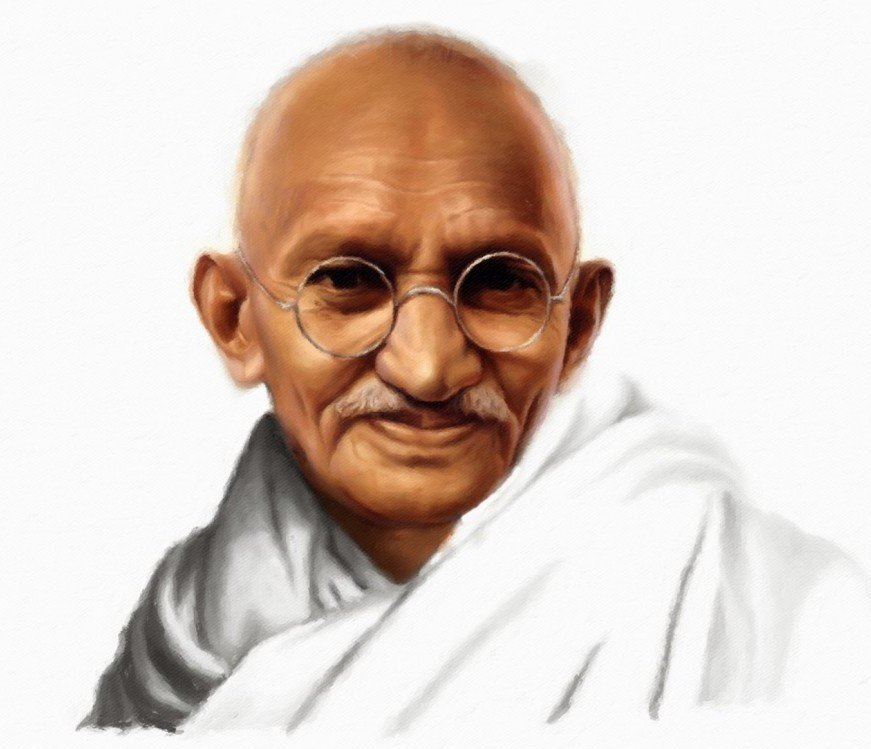
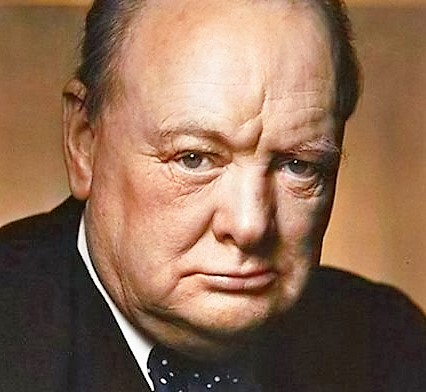

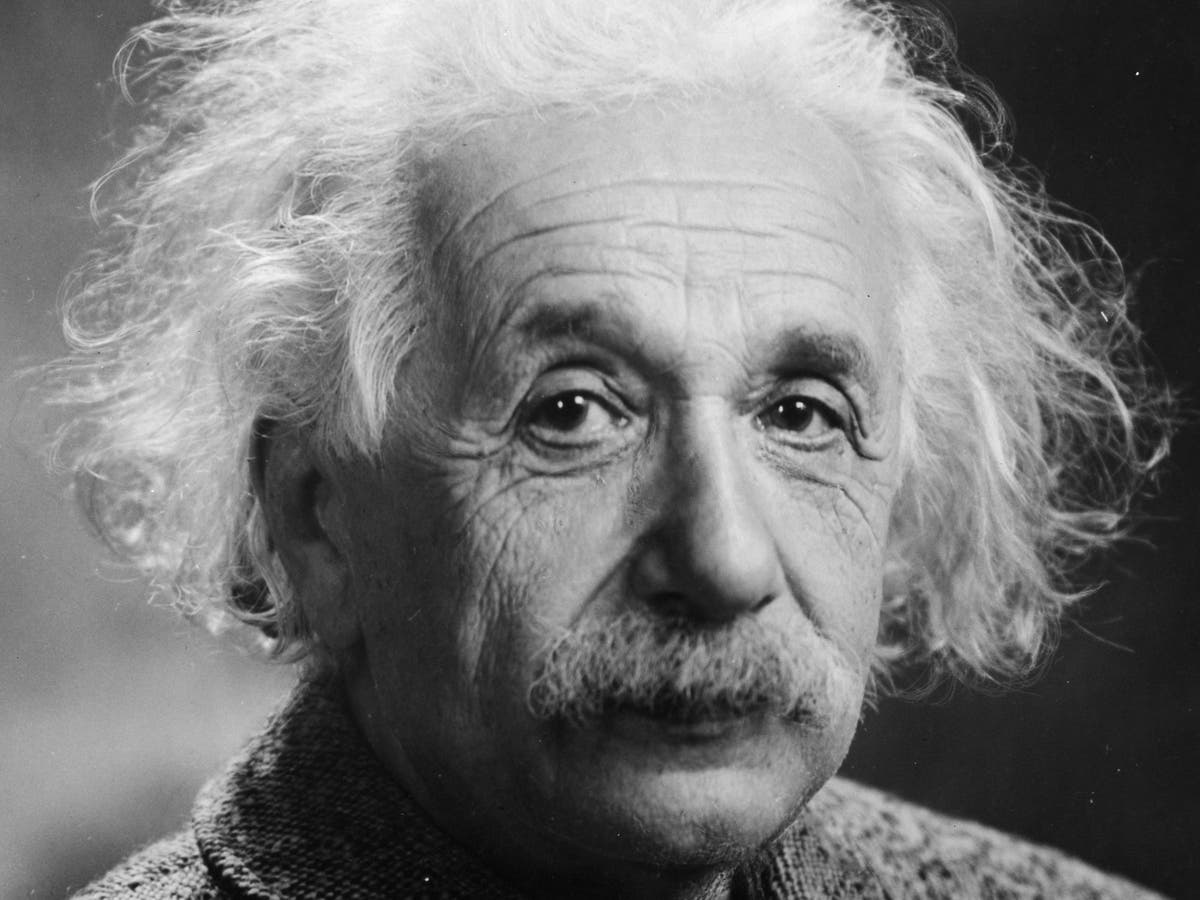
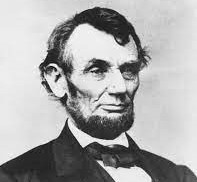
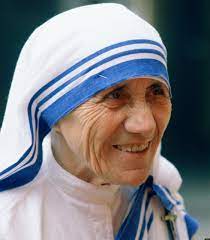
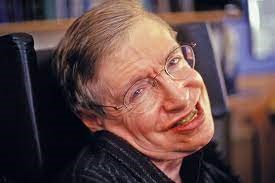
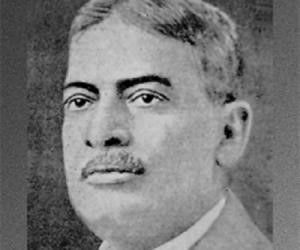

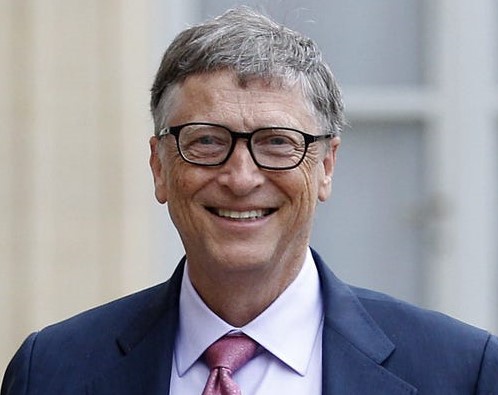
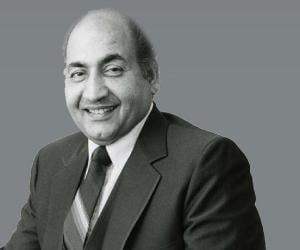
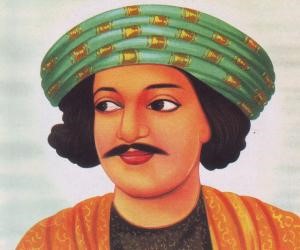
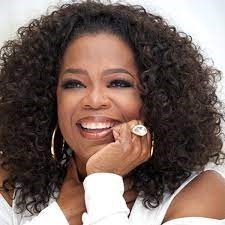
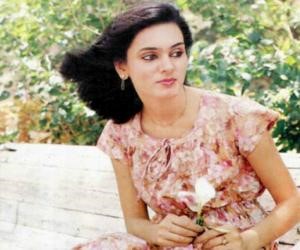
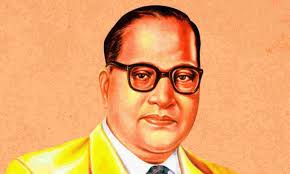
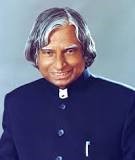
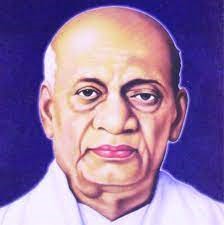
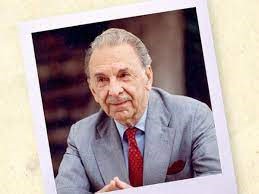
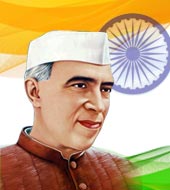
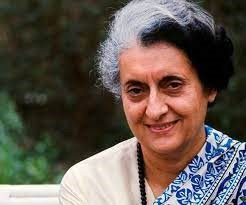
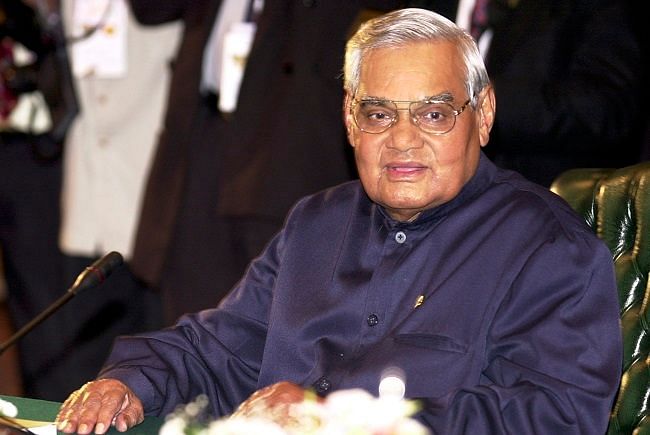
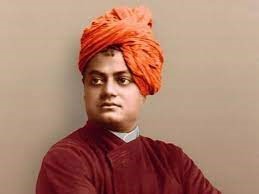
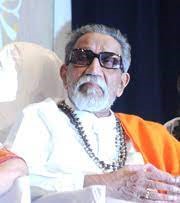
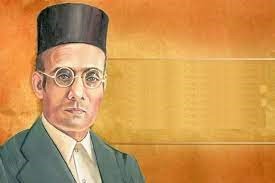
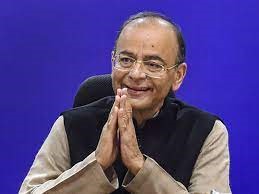
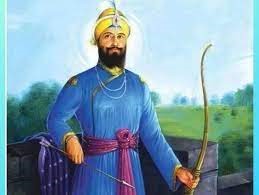
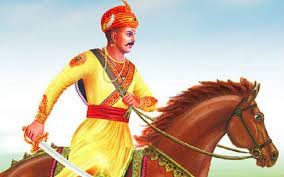
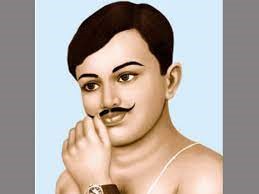
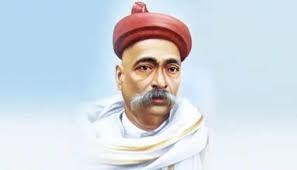
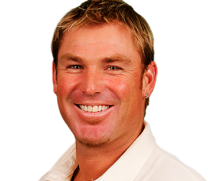
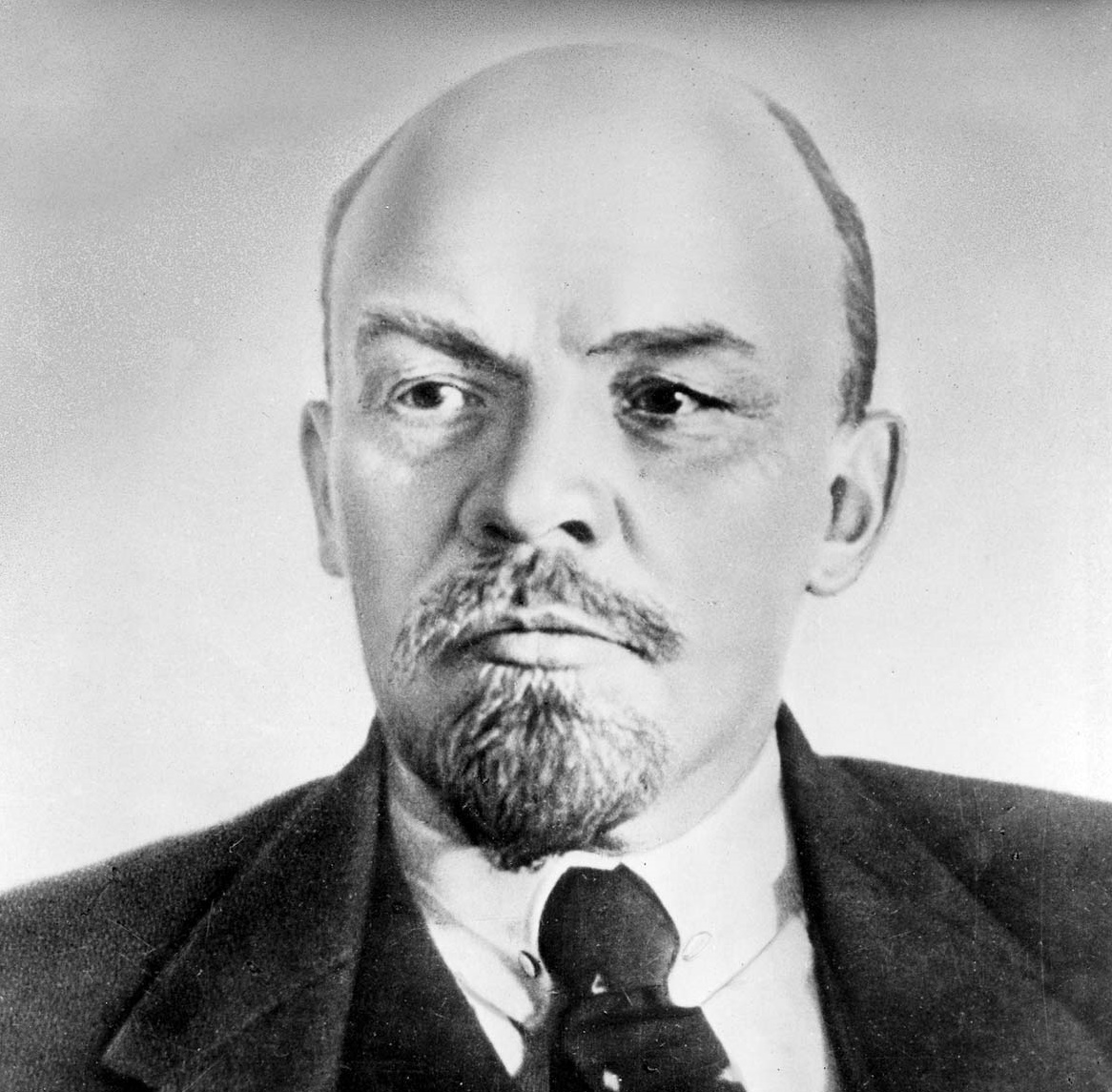
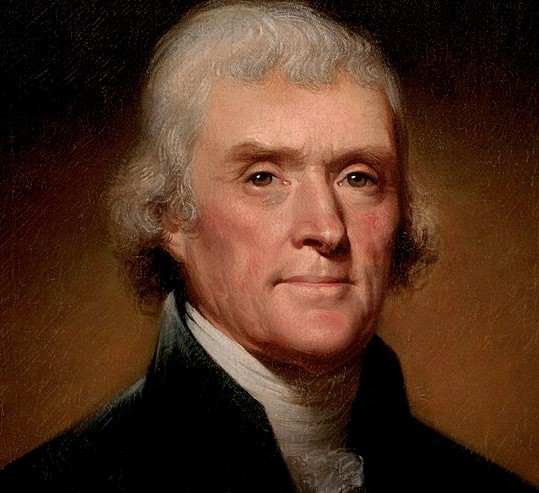
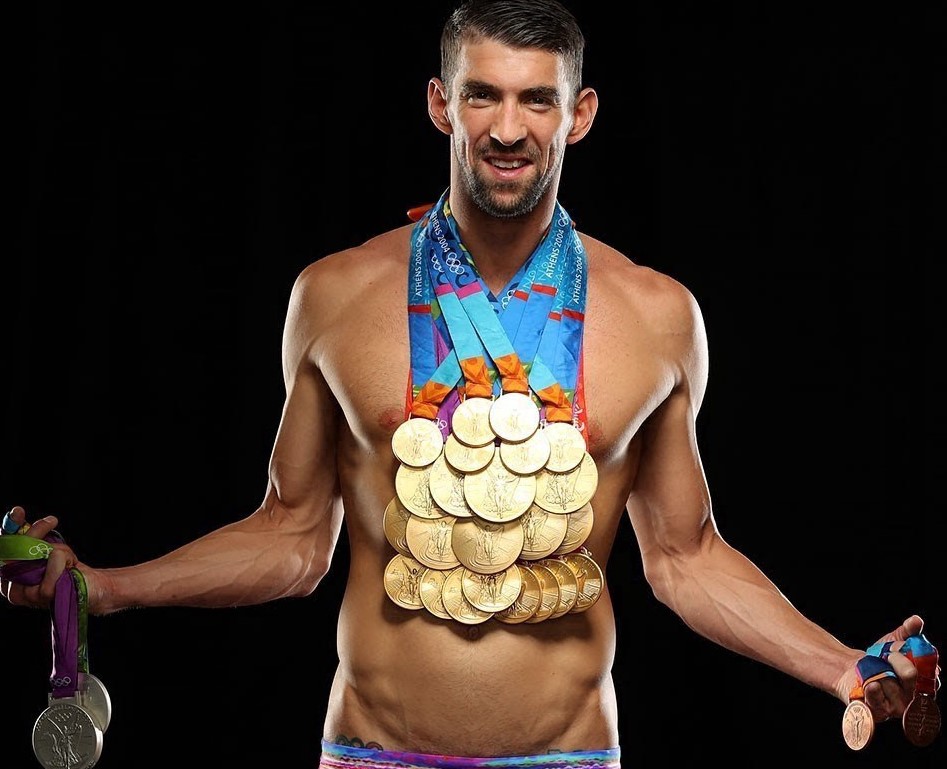
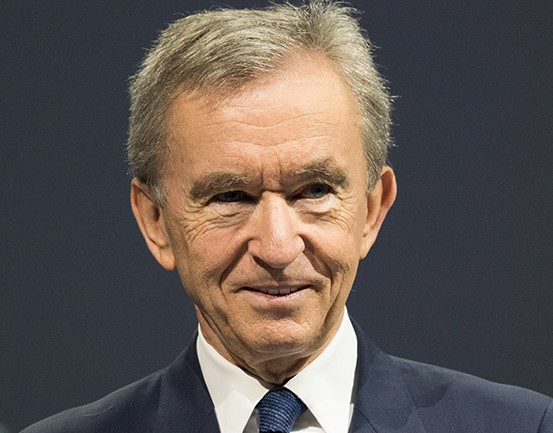
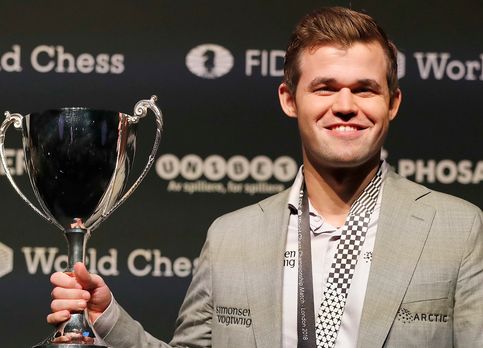
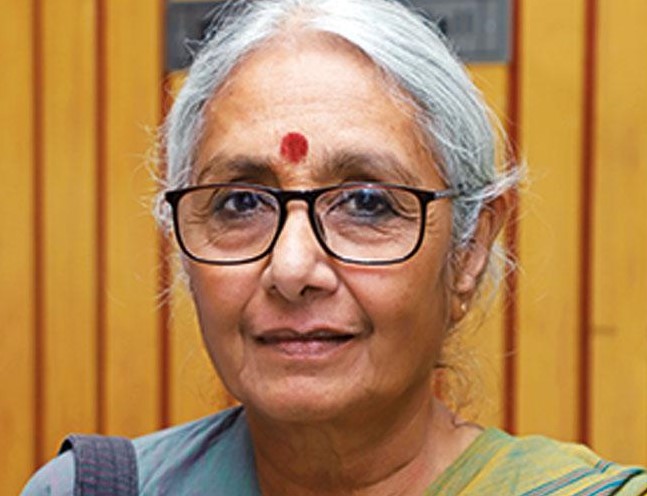
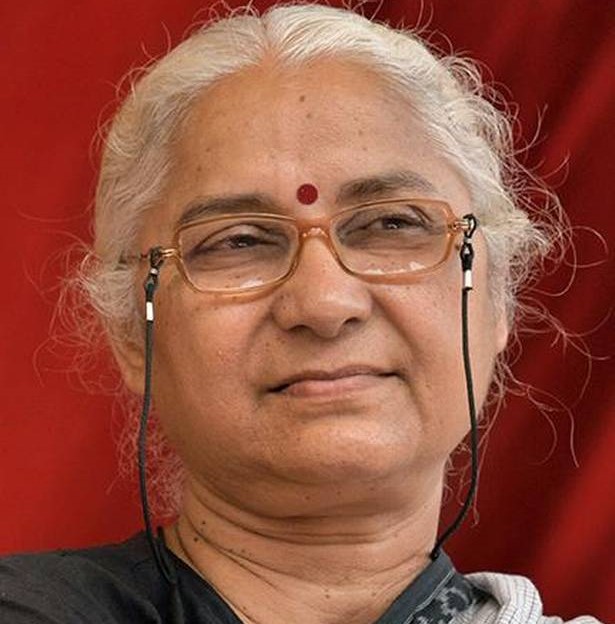
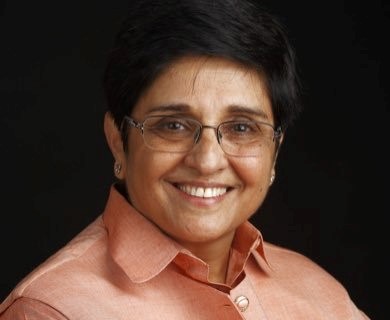
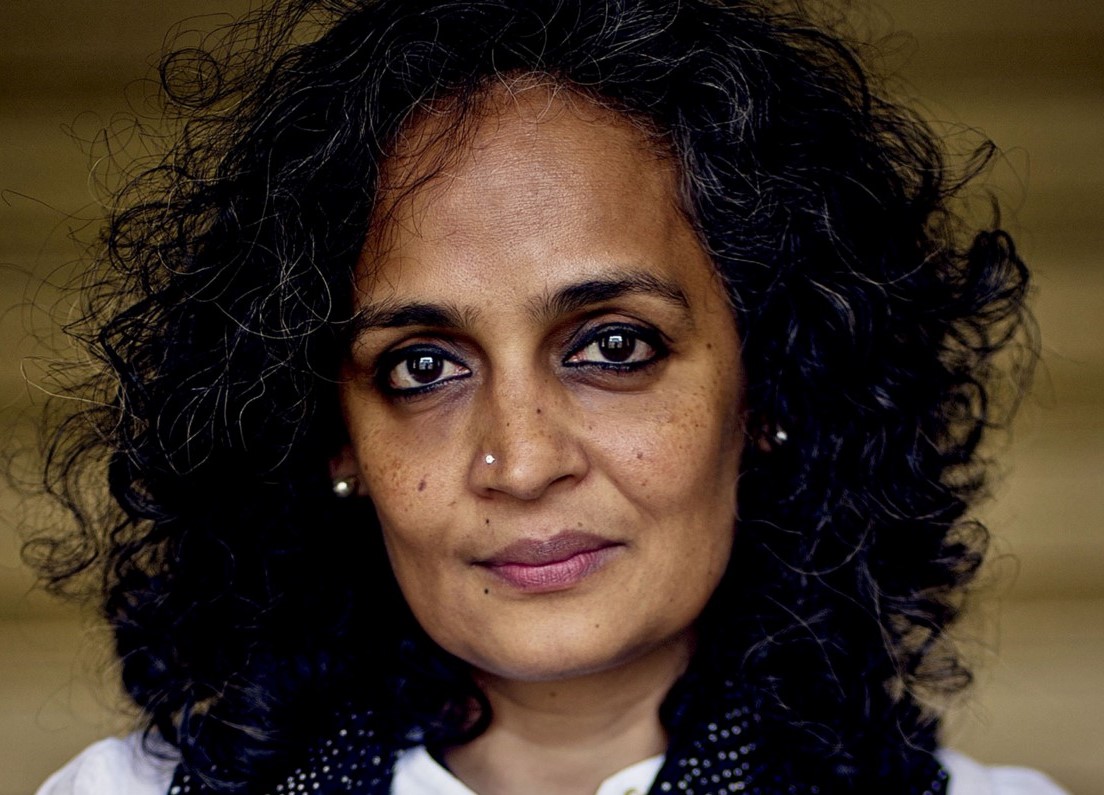
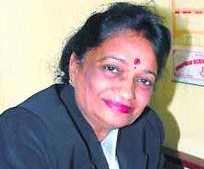
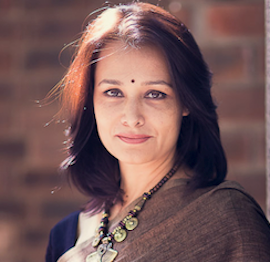

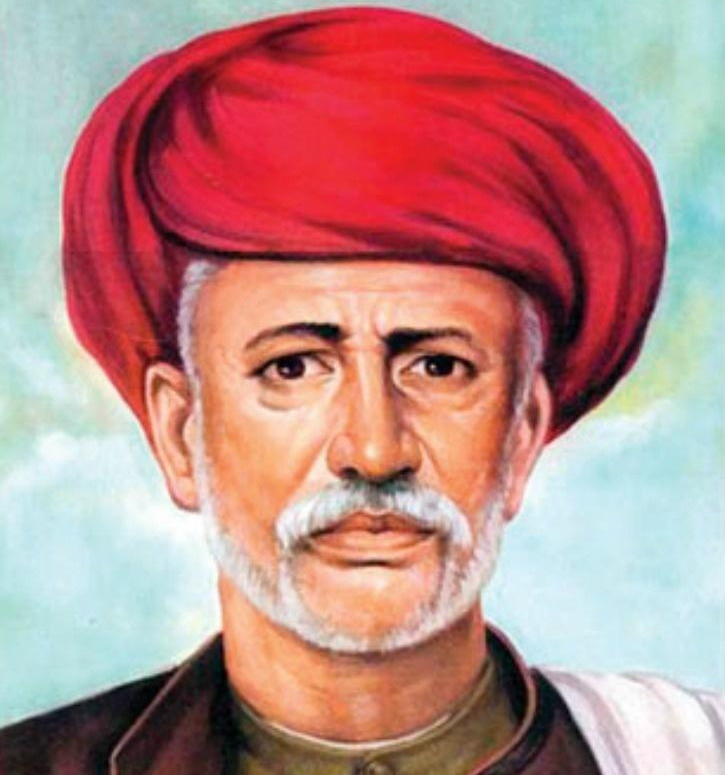
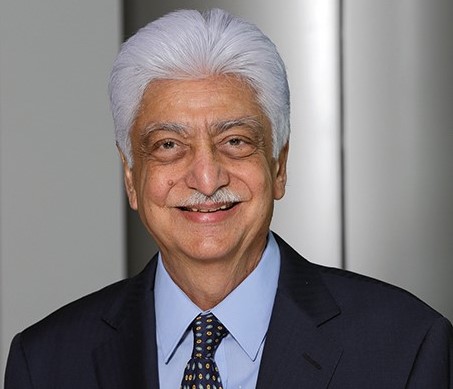
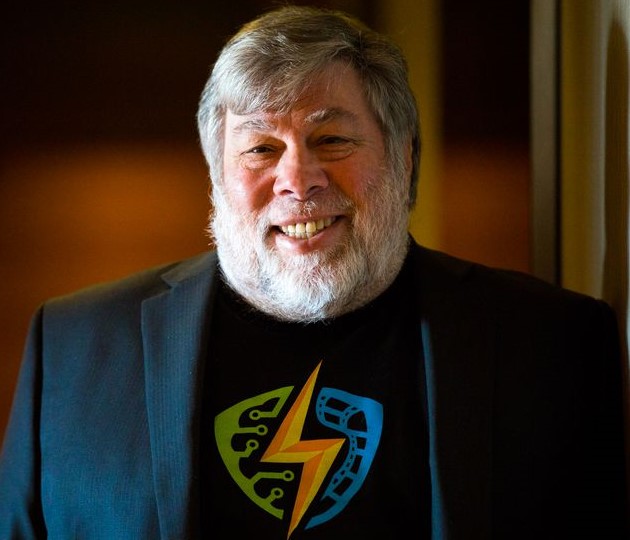
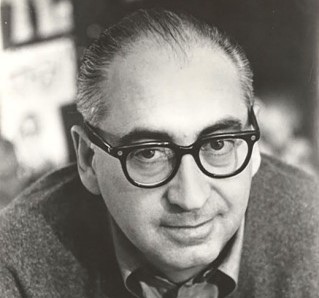
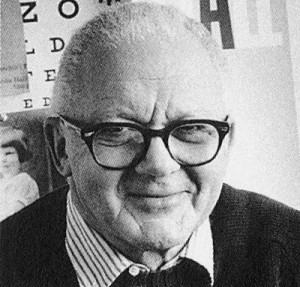
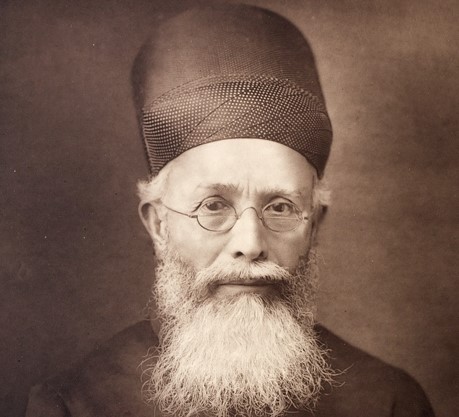
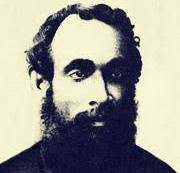
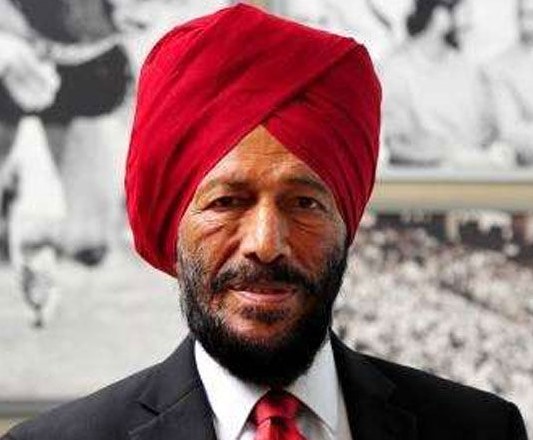
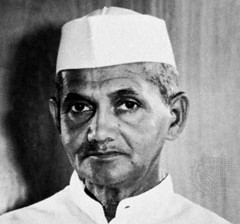
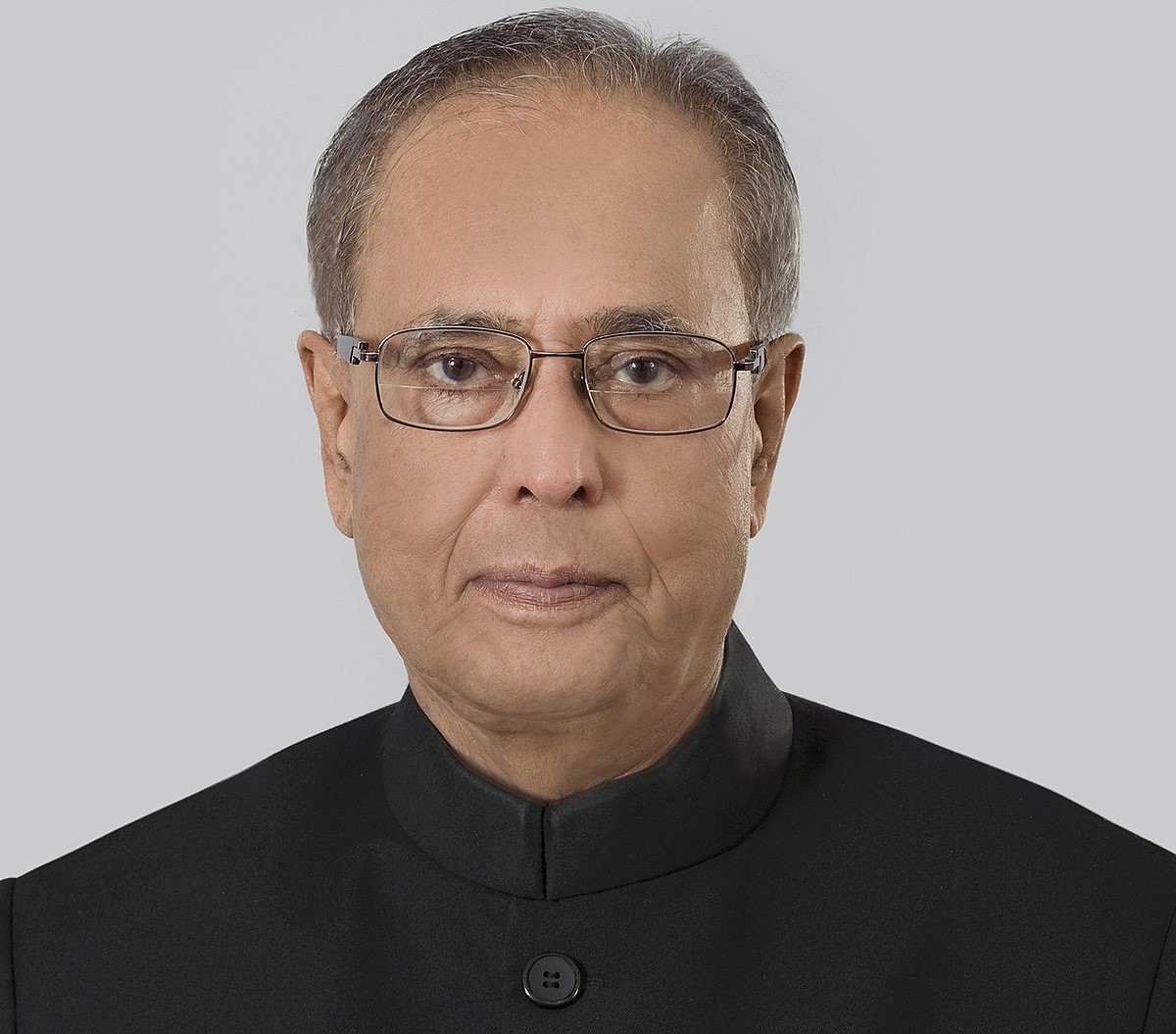
.jpg)
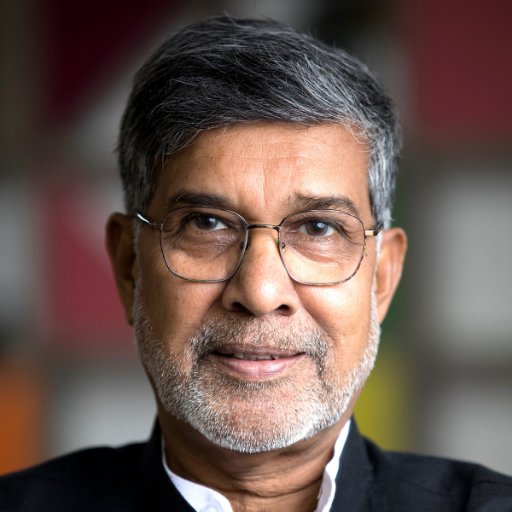
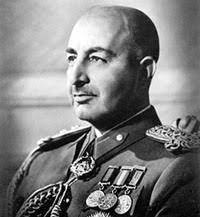
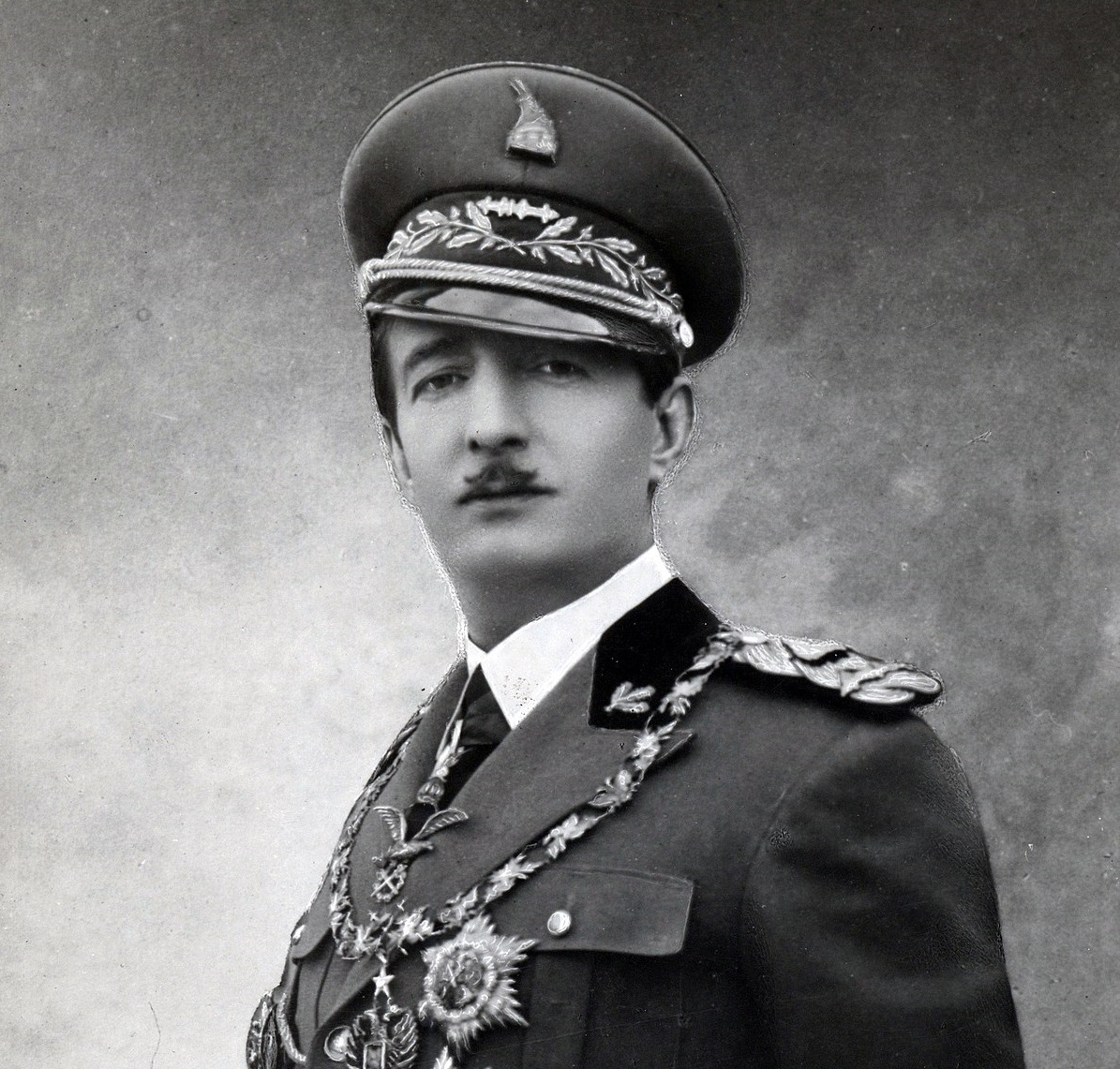
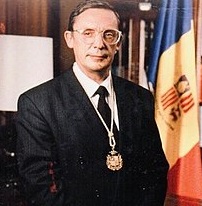
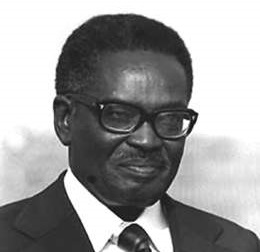
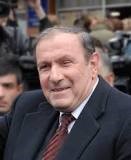
.jpg)
